When it comes to fitness equipment, many people overlook the simplicity and utility of pegs. These small but important components are found on various rack-type fitness equipment, and their uses go far beyond just holding weights or equipment in place. In this article, we'll explore the different ways pegs are used in fitness settings and how they contribute to better training experiences.
1. Adjustable Heights for Squat Racks and Power Racks
One of the most common uses of pegs in fitness equipment is in adjustable squat racks and power racks. These pegs are used to set and modify the height of safety bars, spotter arms, and even the barbell holders. Adjusting these pegs allows for a customizable workout setup, helping lifters find the ideal height for their exercises. Whether you’re doing bench presses, squats, or overhead presses, the flexibility of peg adjustments can significantly enhance safety and convenience.
2. Plate Storage for Easy Organization
Another practical use of pegs in fitness equipment is for plate storage. Many racks and rigs are designed with pegs that allow for secure storage of weight plates. These pegs make it easier to load and unload plates, as well as keep your workout area organized. For fitness enthusiasts who want to minimize clutter, using pegs to store plates is a highly efficient method that maximizes space in your gym area.
3. Attachments for Accessories and Resistance Bands
Pegs are also commonly used for attaching various accessories, such as resistance bands or cables. In many modern training systems, pegs provide a secure point to anchor resistance bands, allowing users to add more variety to their workouts. With pegs acting as attachment points, trainers can incorporate new elements into traditional exercises, enhancing both the intensity and effectiveness of the workout.
4. Pull-Up Bars and Dip Stations
Some fitness rigs and racks come with pegs designed to hold accessories for advanced bodyweight exercises, such as pull-up bars or dip stations. These pegs are often removable or adjustable, allowing users to customize their workout setup. By attaching pull-up or dip bars to these pegs, athletes can diversify their training routine, targeting upper body strength and endurance in unique ways.
5. Leveraging Pegs for Gymnastics Rings and Other Suspension Training Tools
For those interested in suspension training, pegs serve as an anchor point for gymnastics rings or suspension trainers like TRX. These rings and straps can be securely attached to pegs, offering versatility in exercises that improve core strength, stability, and flexibility. Since pegs are generally adjustable, they can accommodate different height needs, making them an ideal solution for suspension training at any level.
6. Compact Storage for Small Fitness Tools
Finally, pegs can also be used for storing smaller fitness tools such as kettlebells, jump ropes, or towels. This can help reduce the clutter on the gym floor and keep the space tidy. Some racks come with dedicated pegs specifically designed to hold these smaller items, ensuring they’re easy to access when needed.
Conclusion
Pegs are far from just an afterthought in the design of fitness equipment; their uses are varied and essential for a seamless workout experience. Whether it’s adjusting the height of your equipment, organizing weights, or attaching accessories, pegs contribute to both functionality and safety in any fitness setting. By taking advantage of these simple yet effective components, you can improve the organization and versatility of your gym setup, creating a more efficient and enjoyable training environment.
By understanding the many uses of pegs in fitness, you can optimize your training equipment and enhance your overall performance. So, the next time you’re designing your workout space or setting up a new piece of equipment, remember the importance of pegs—they may just be the unsung heroes of your fitness routine.

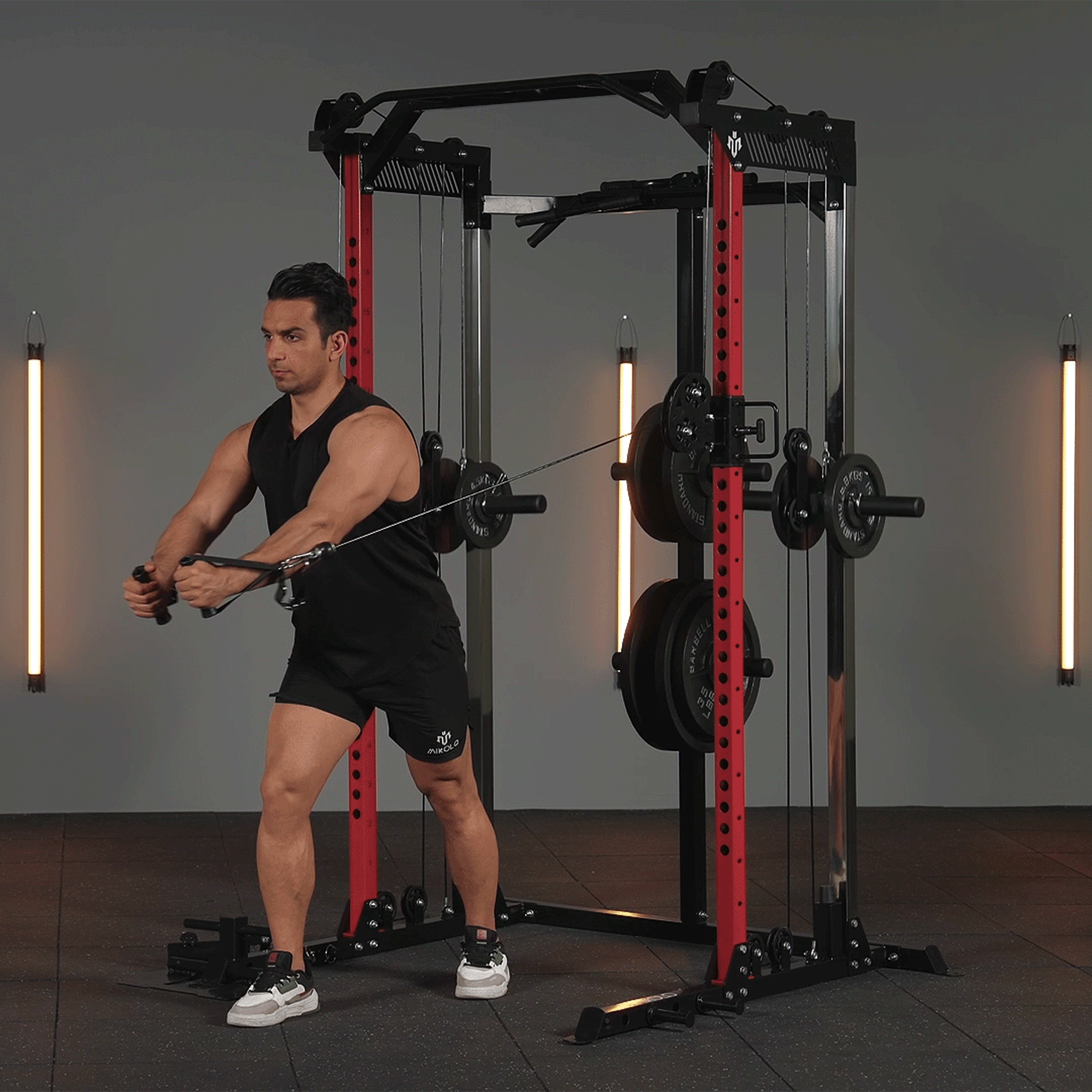
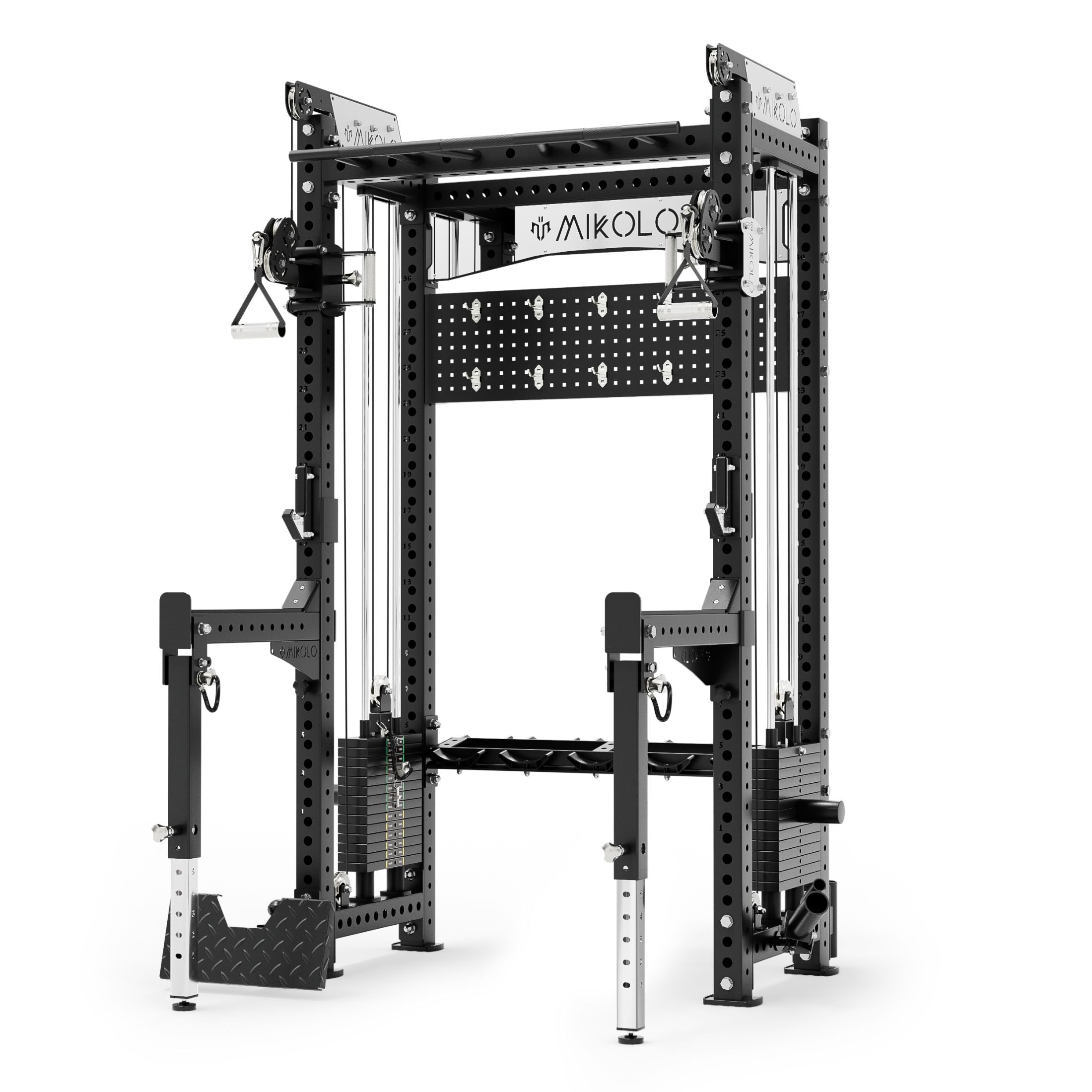
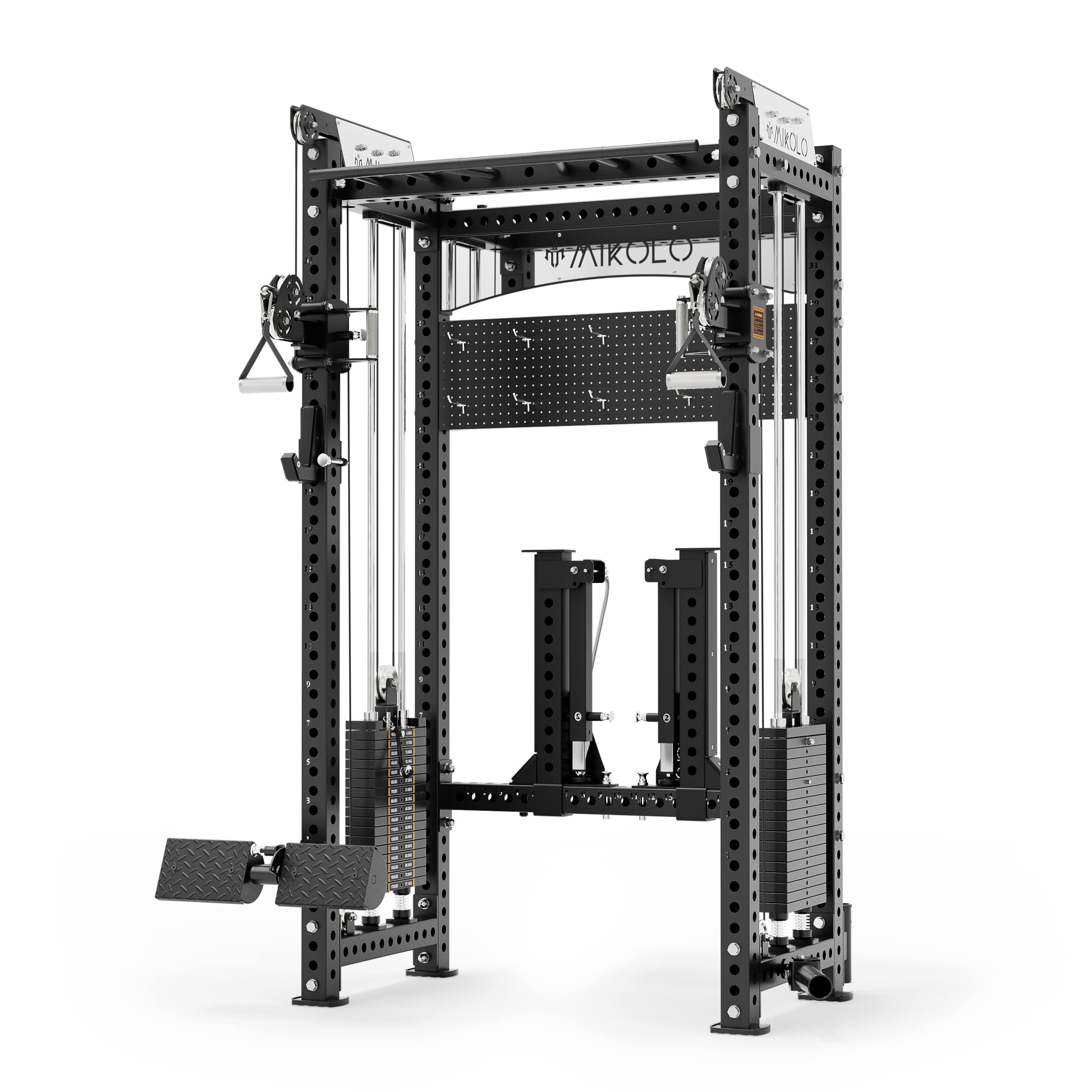
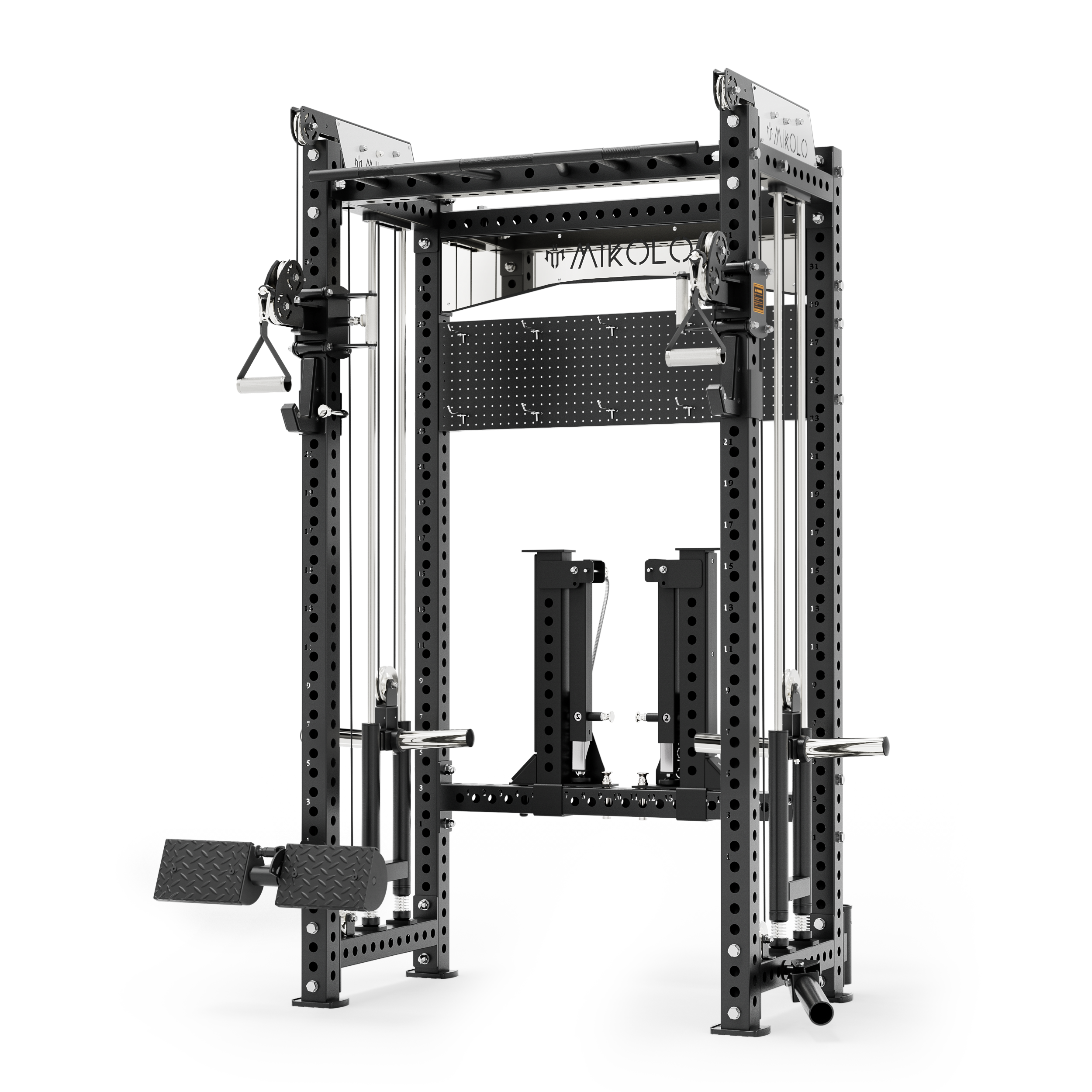
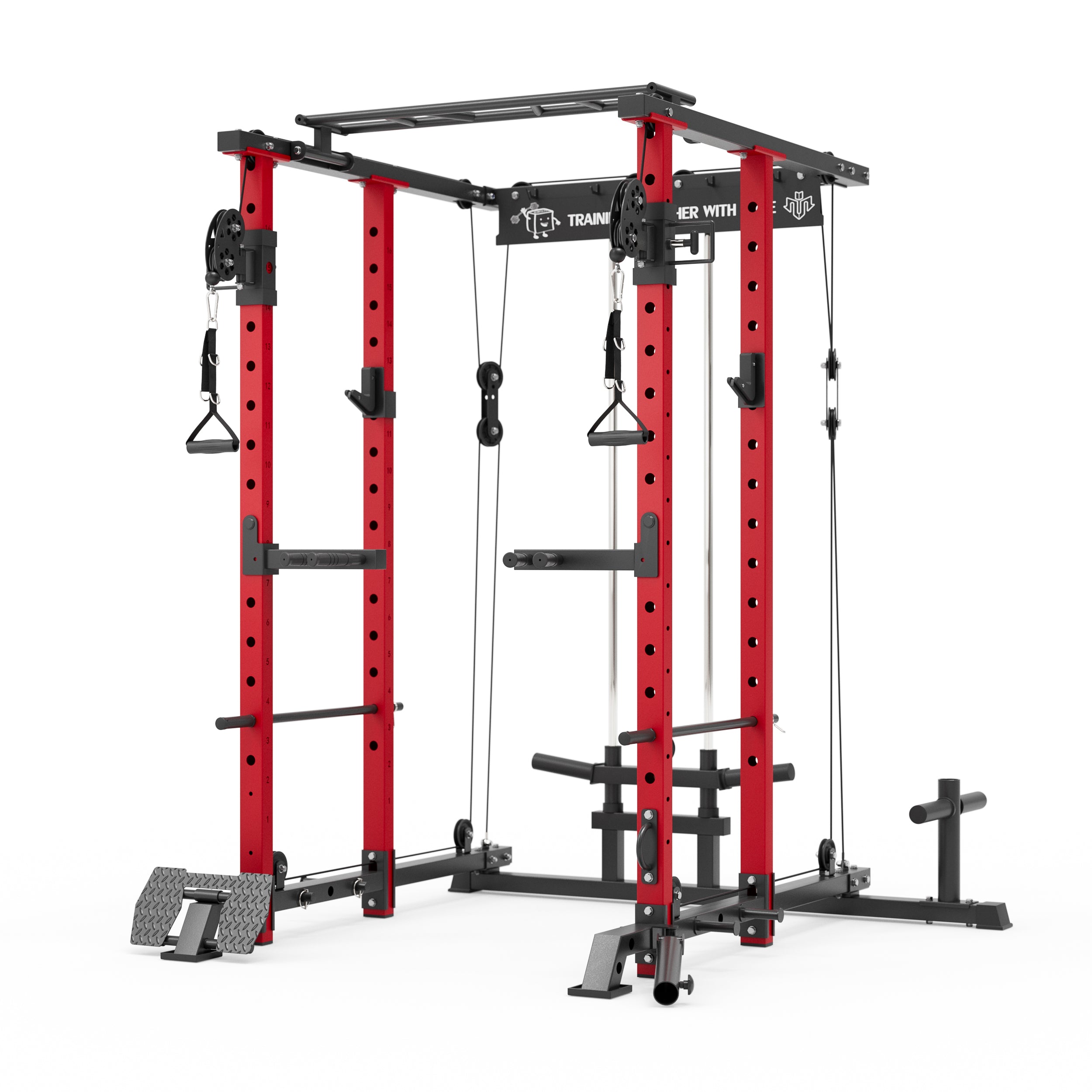
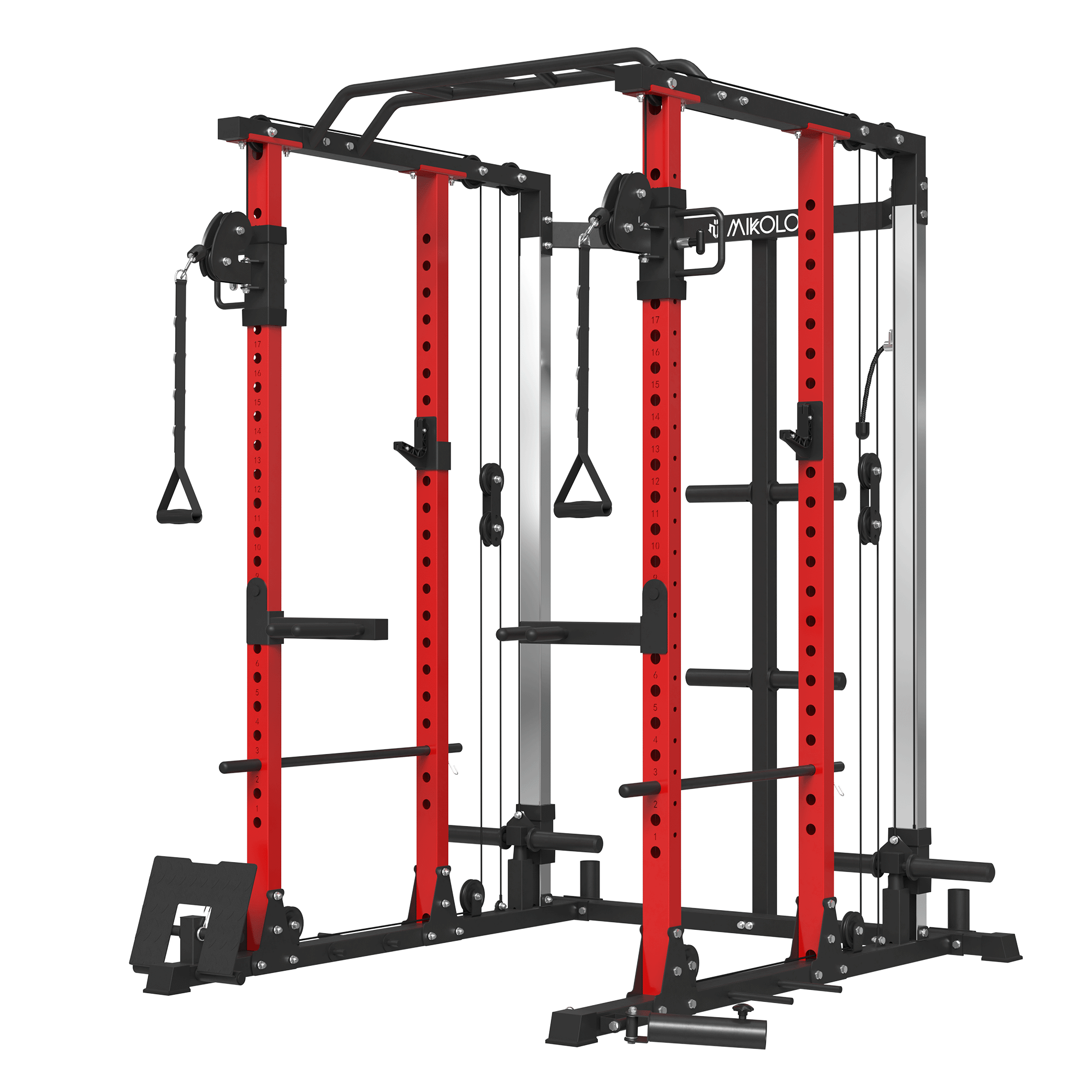
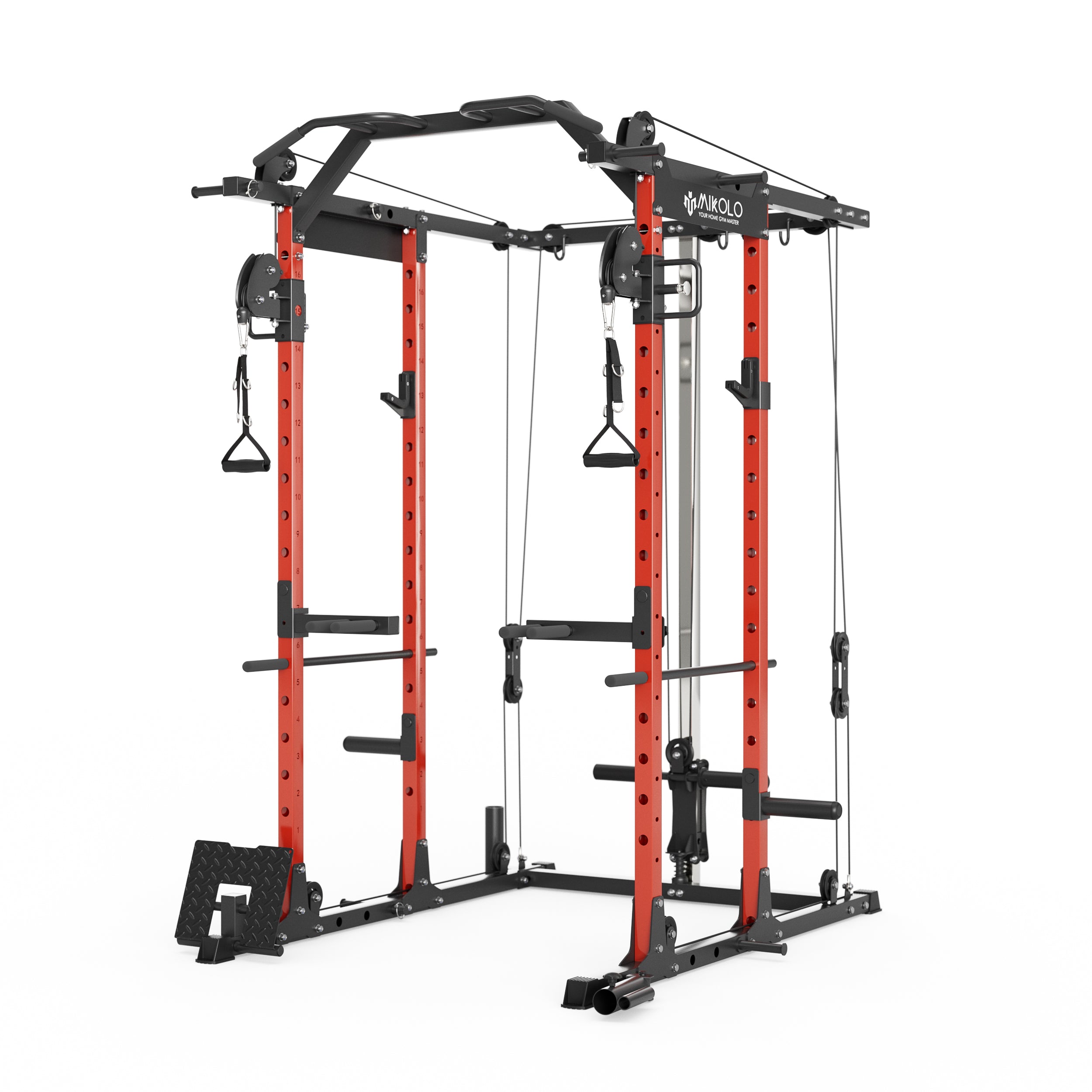
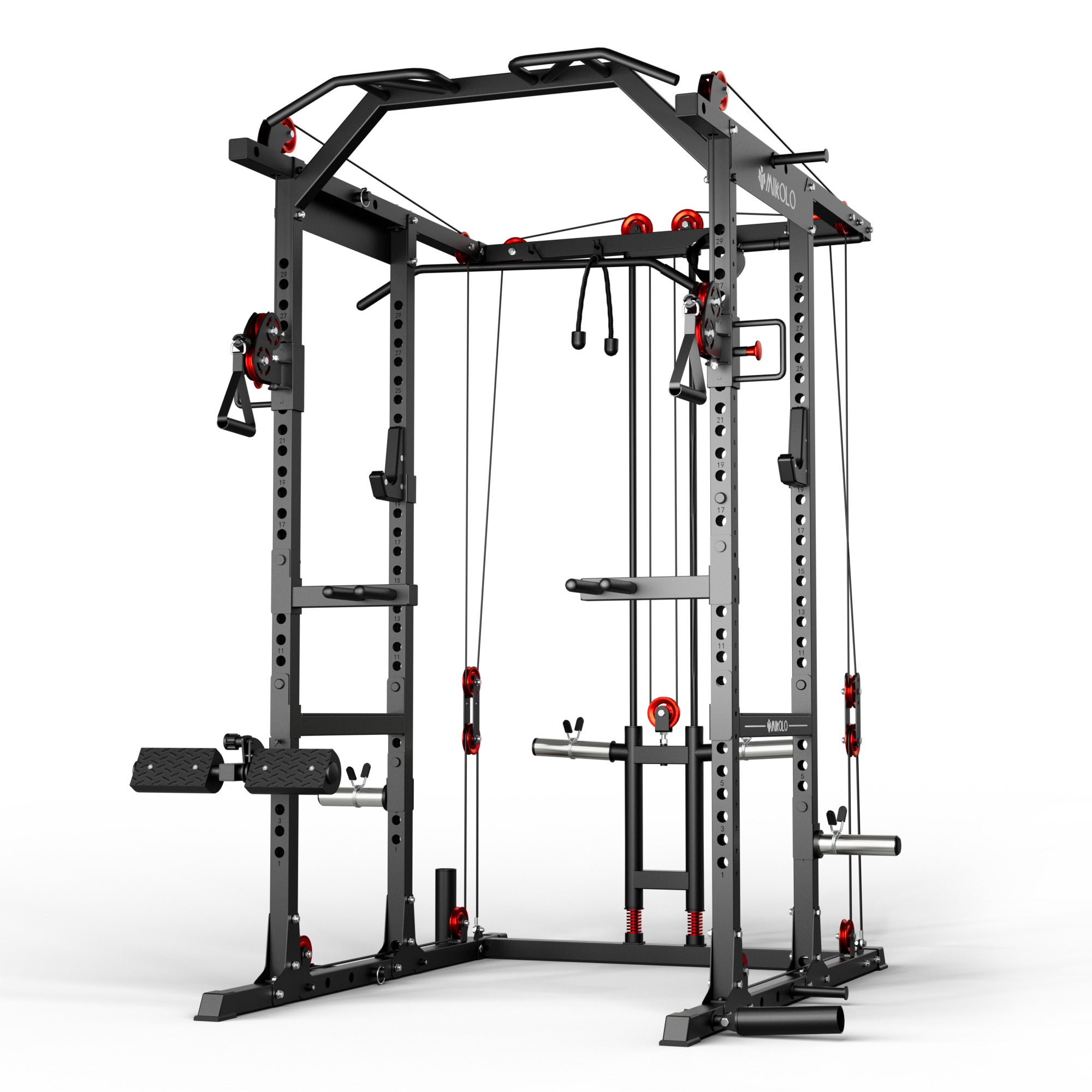
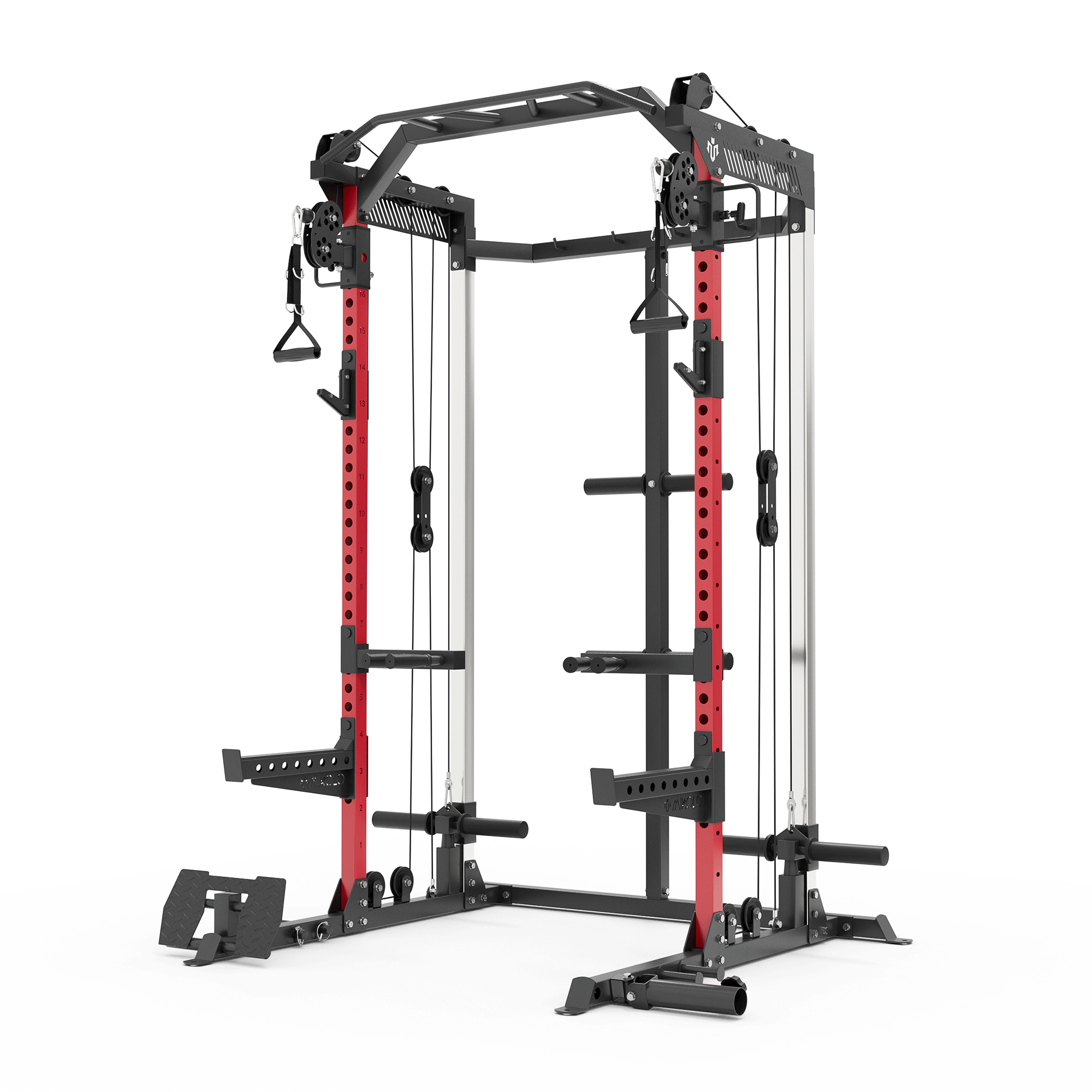
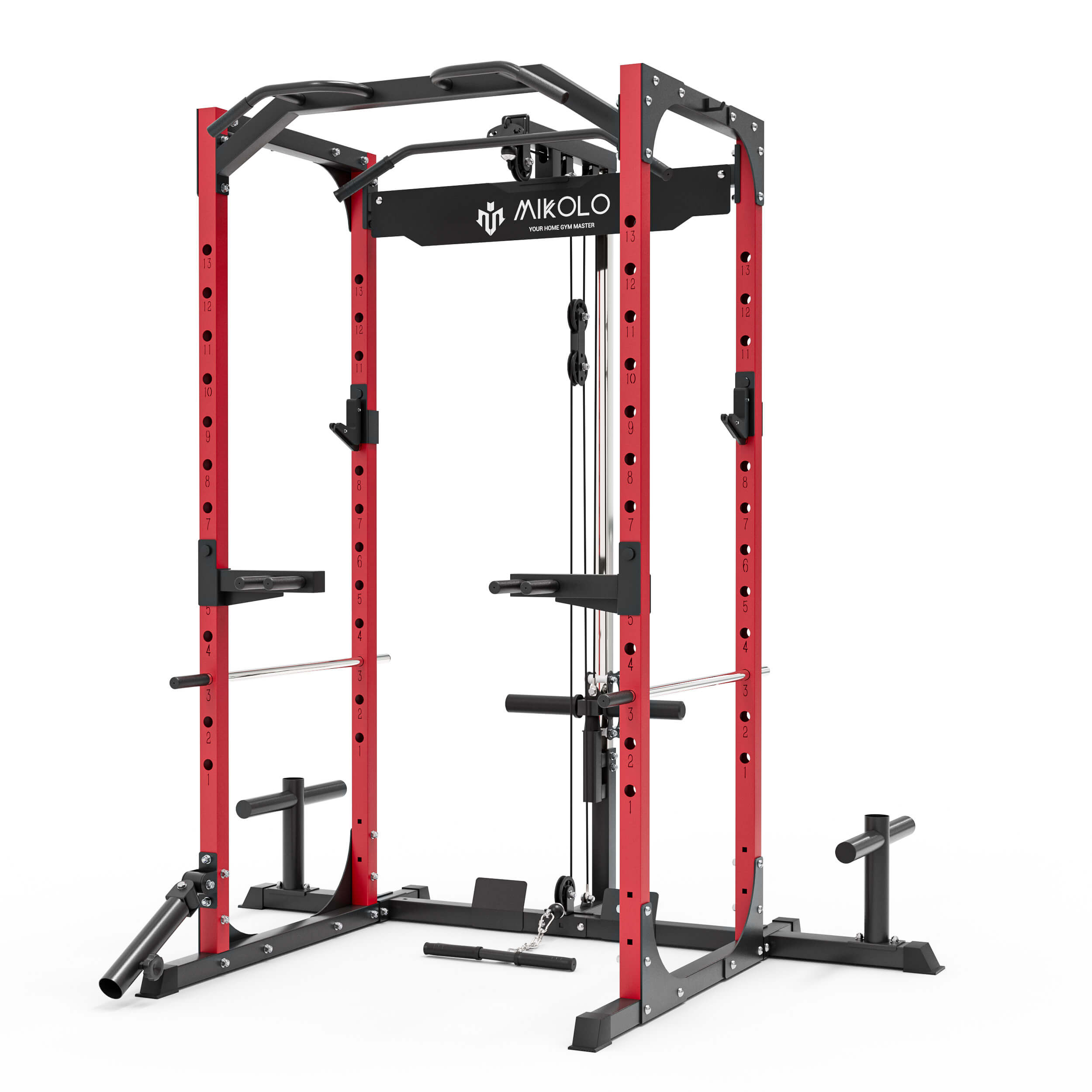
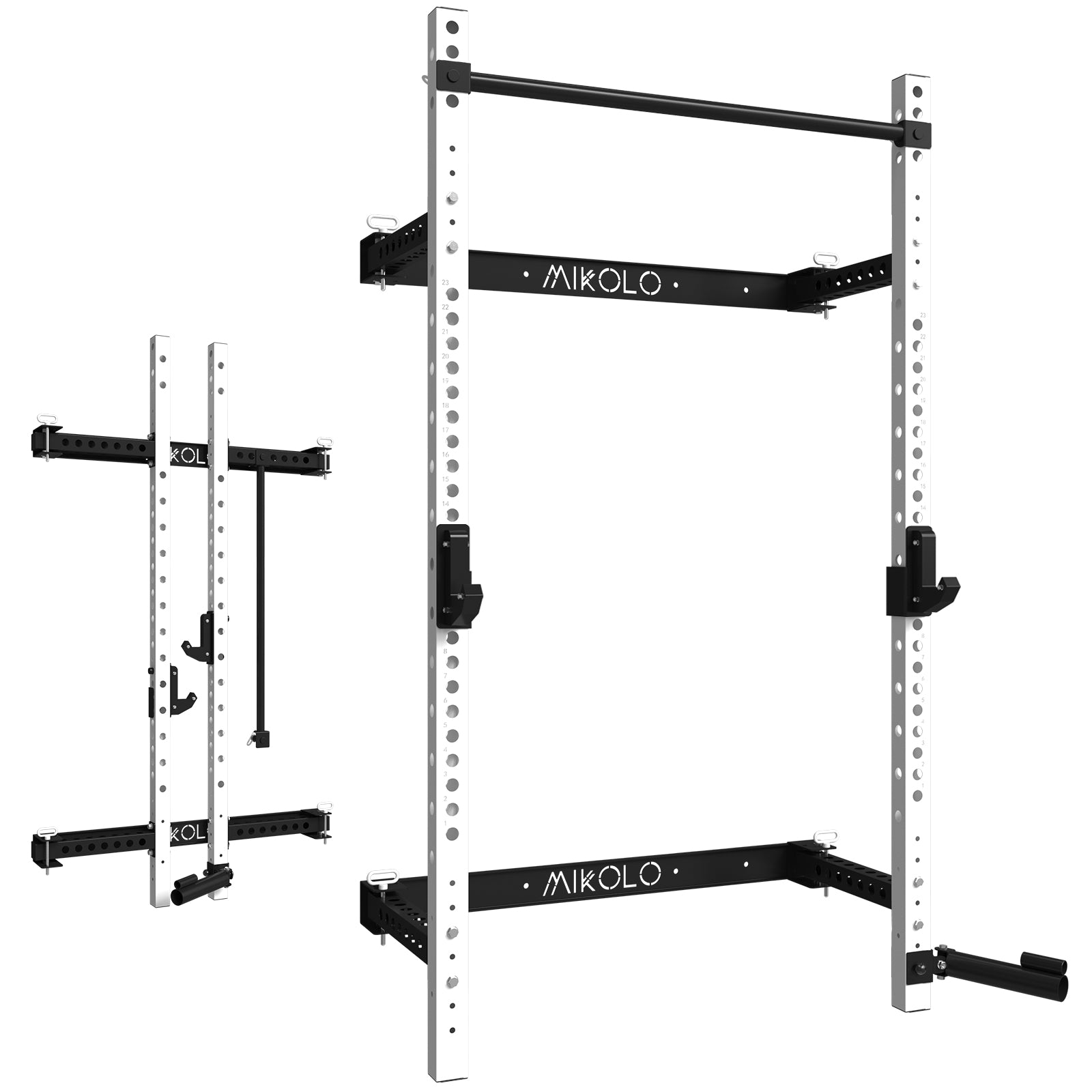
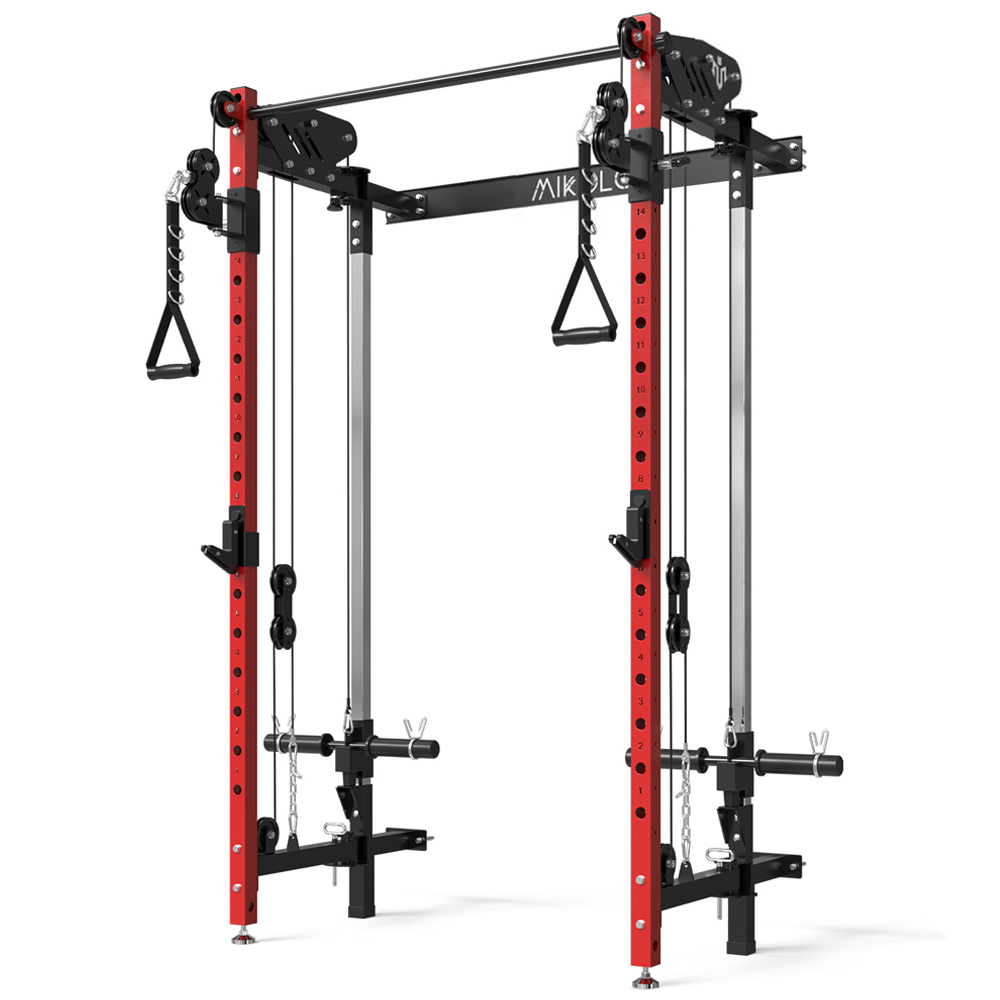
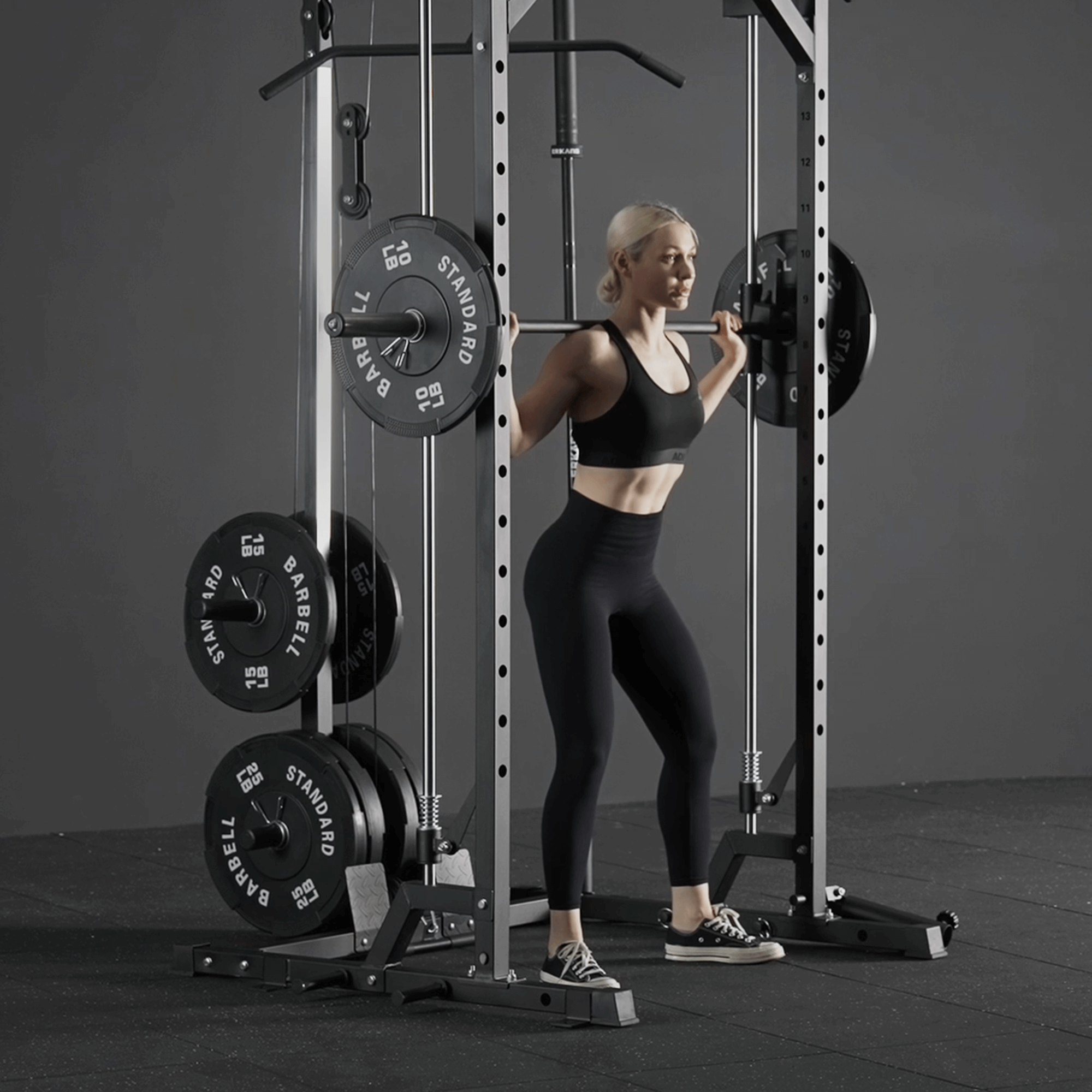
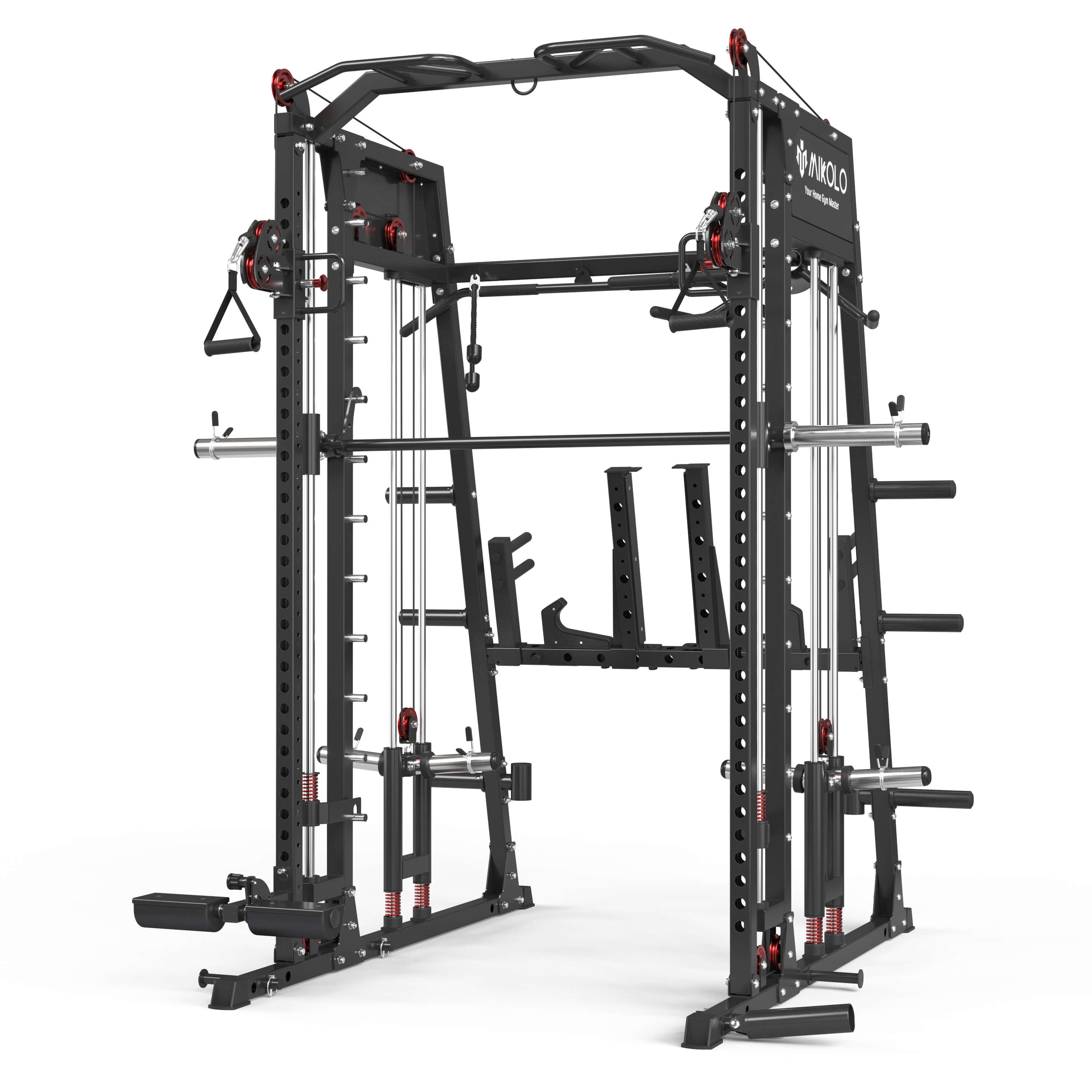

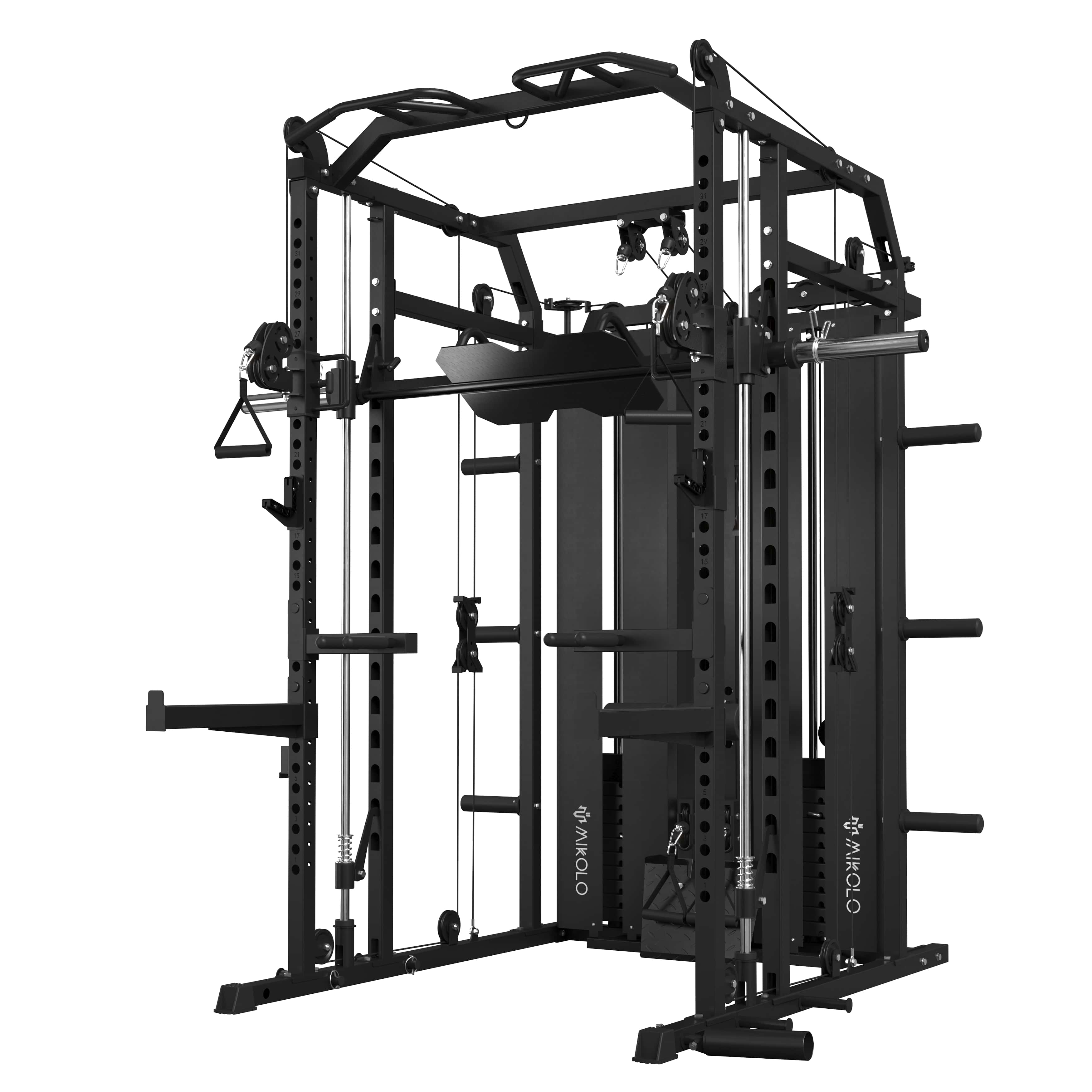
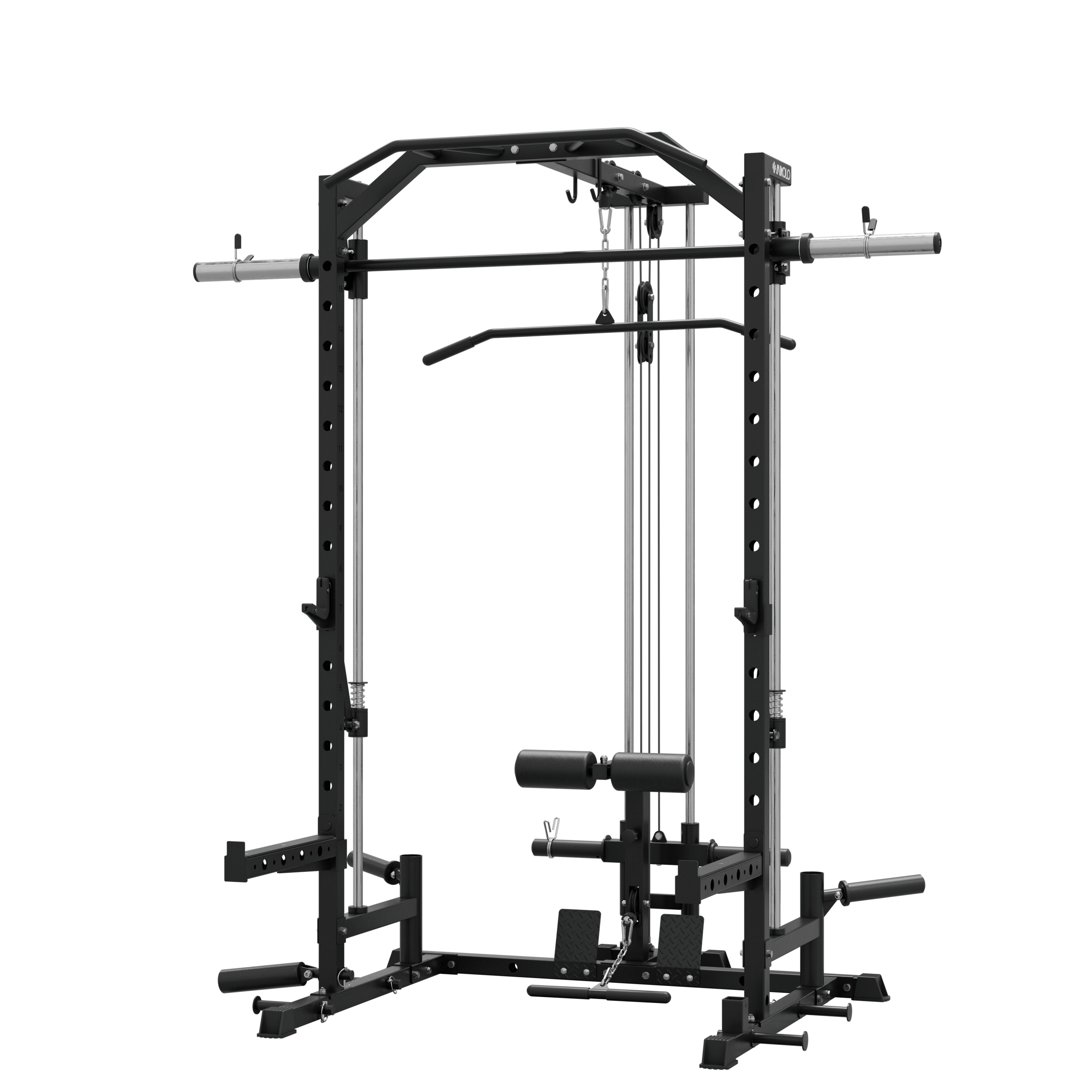
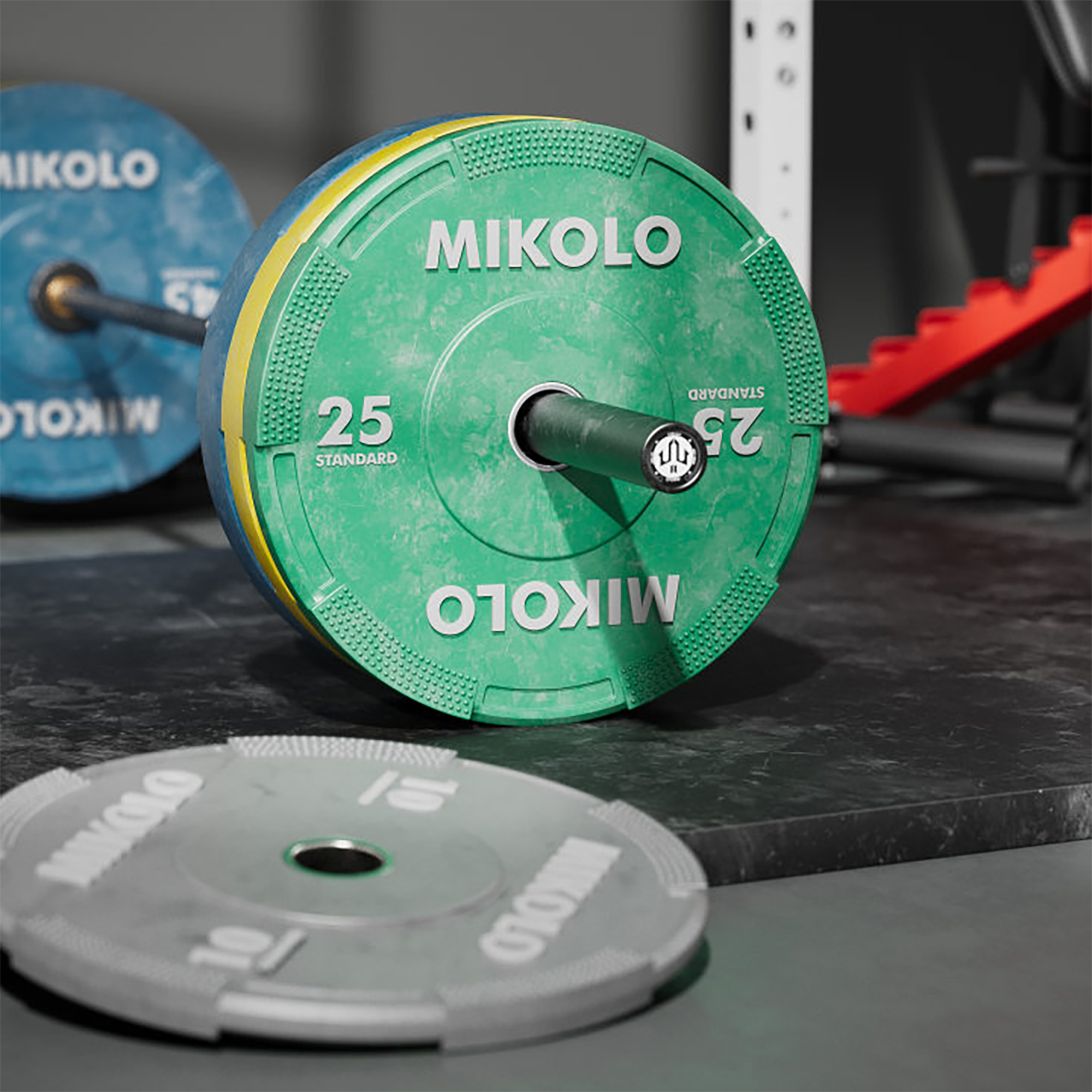
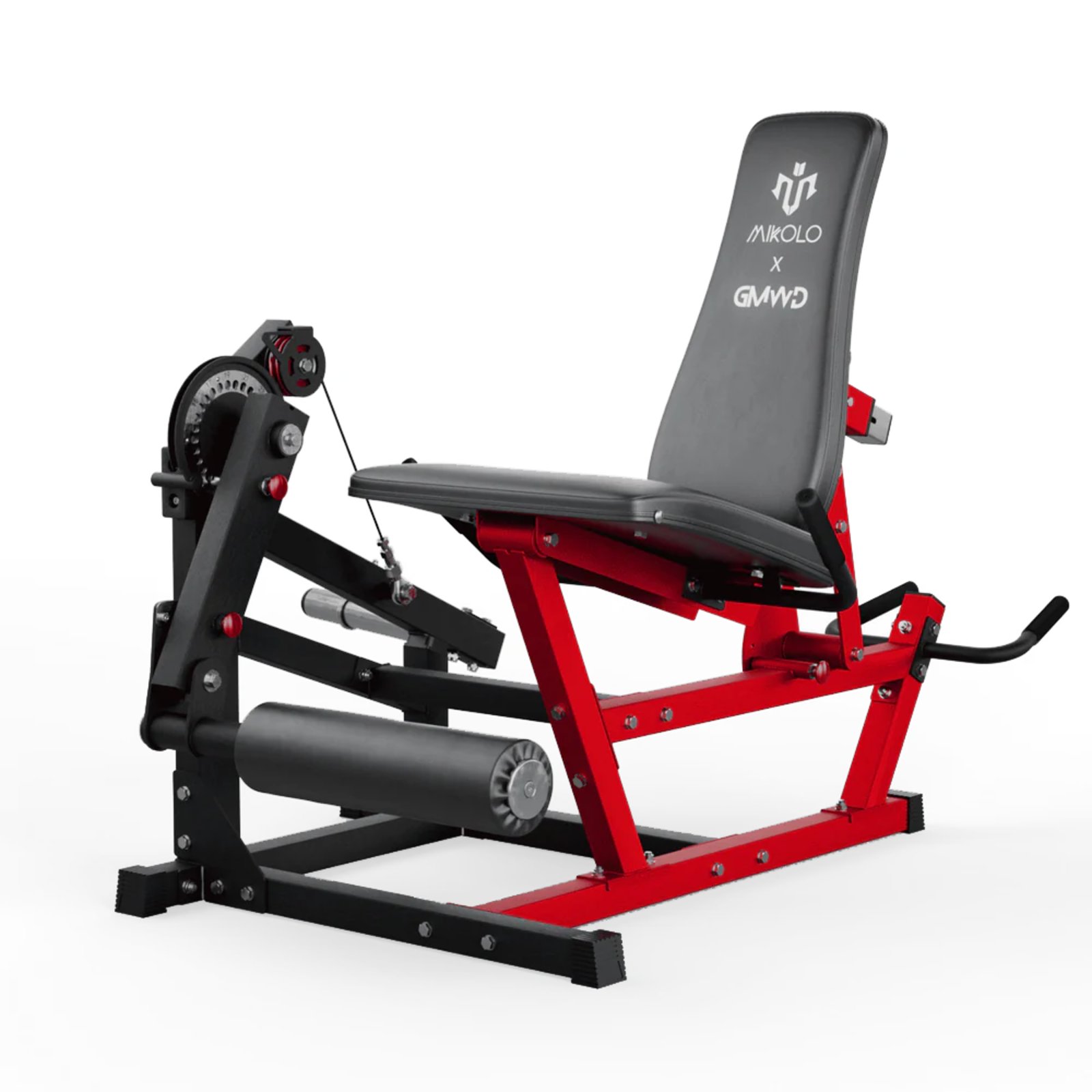
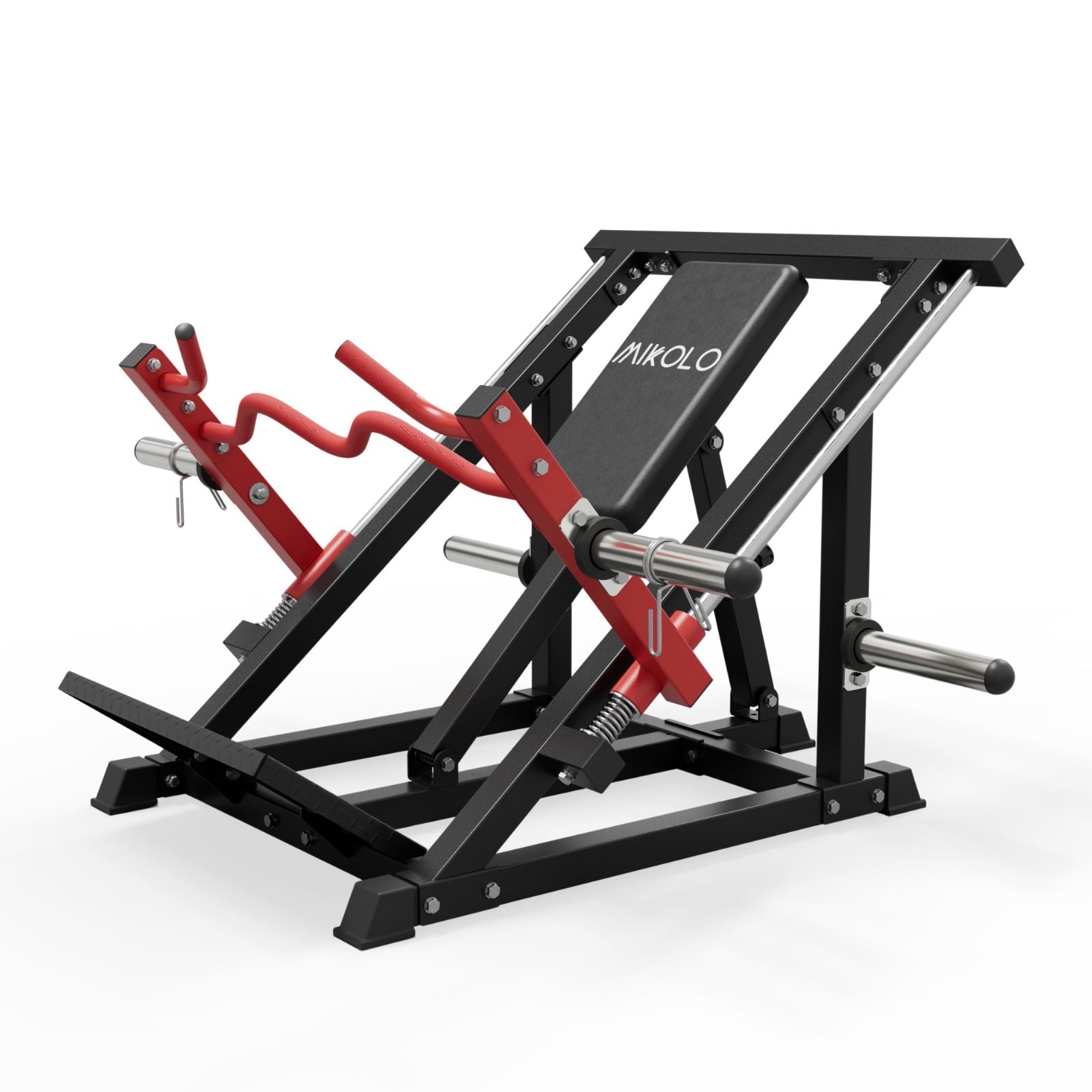
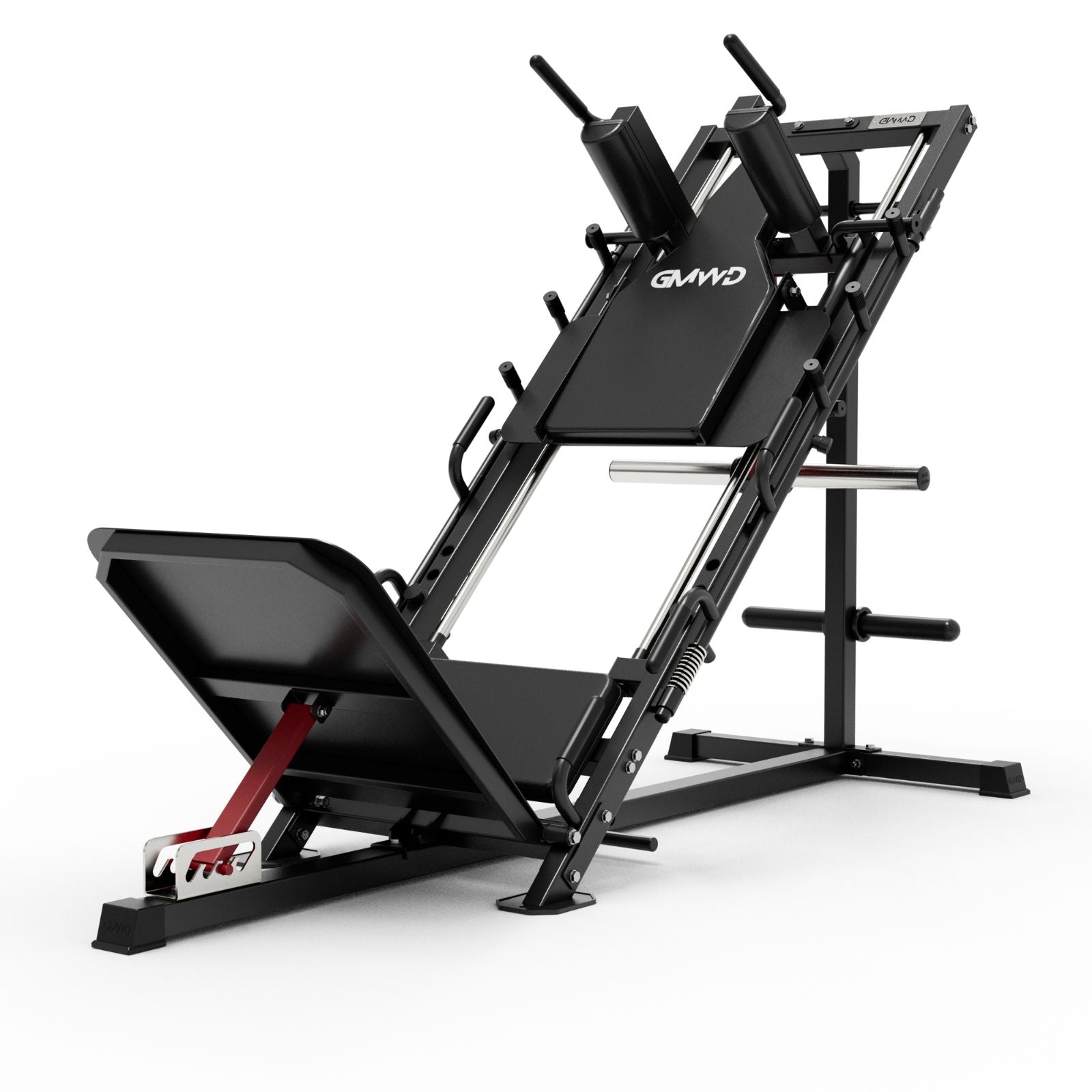
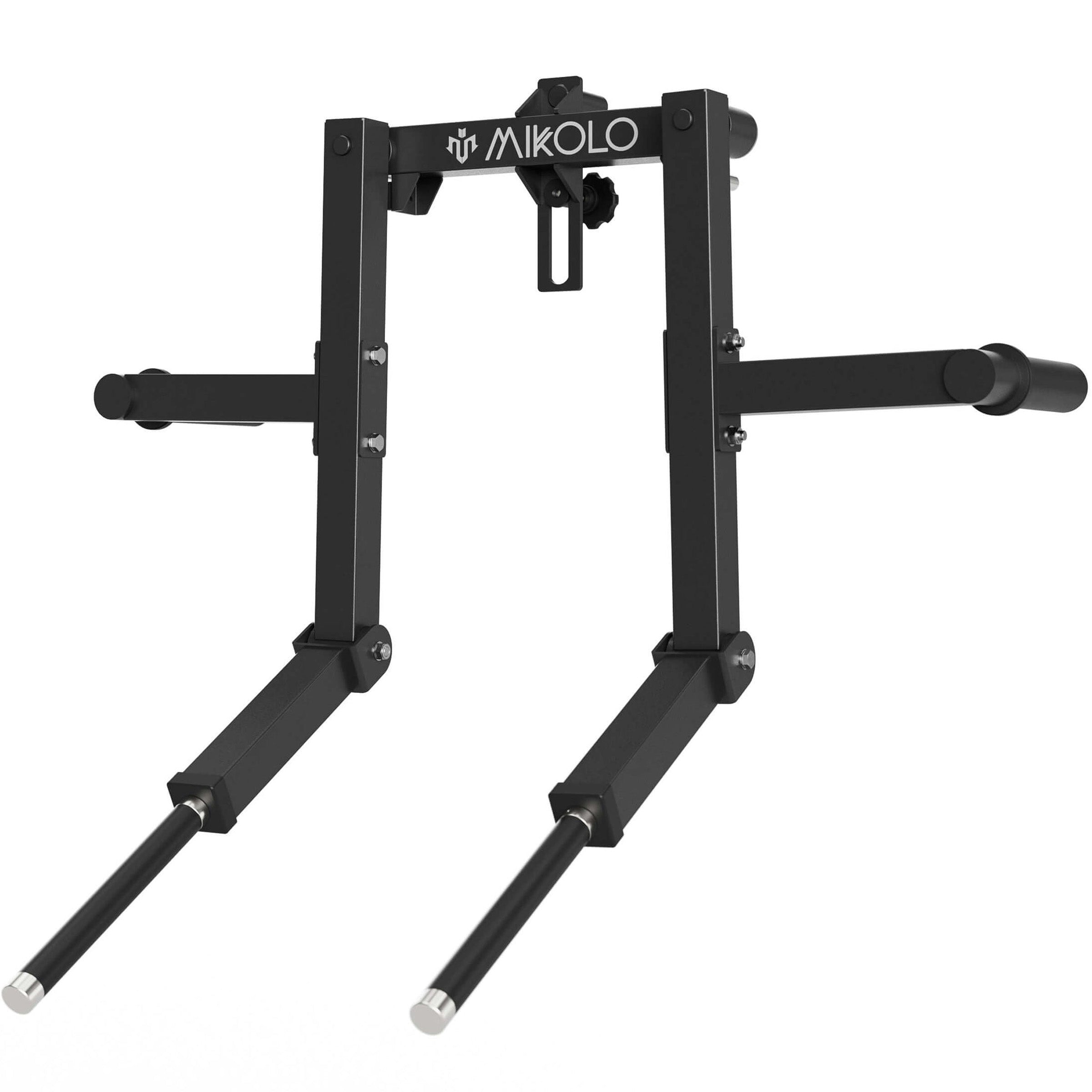
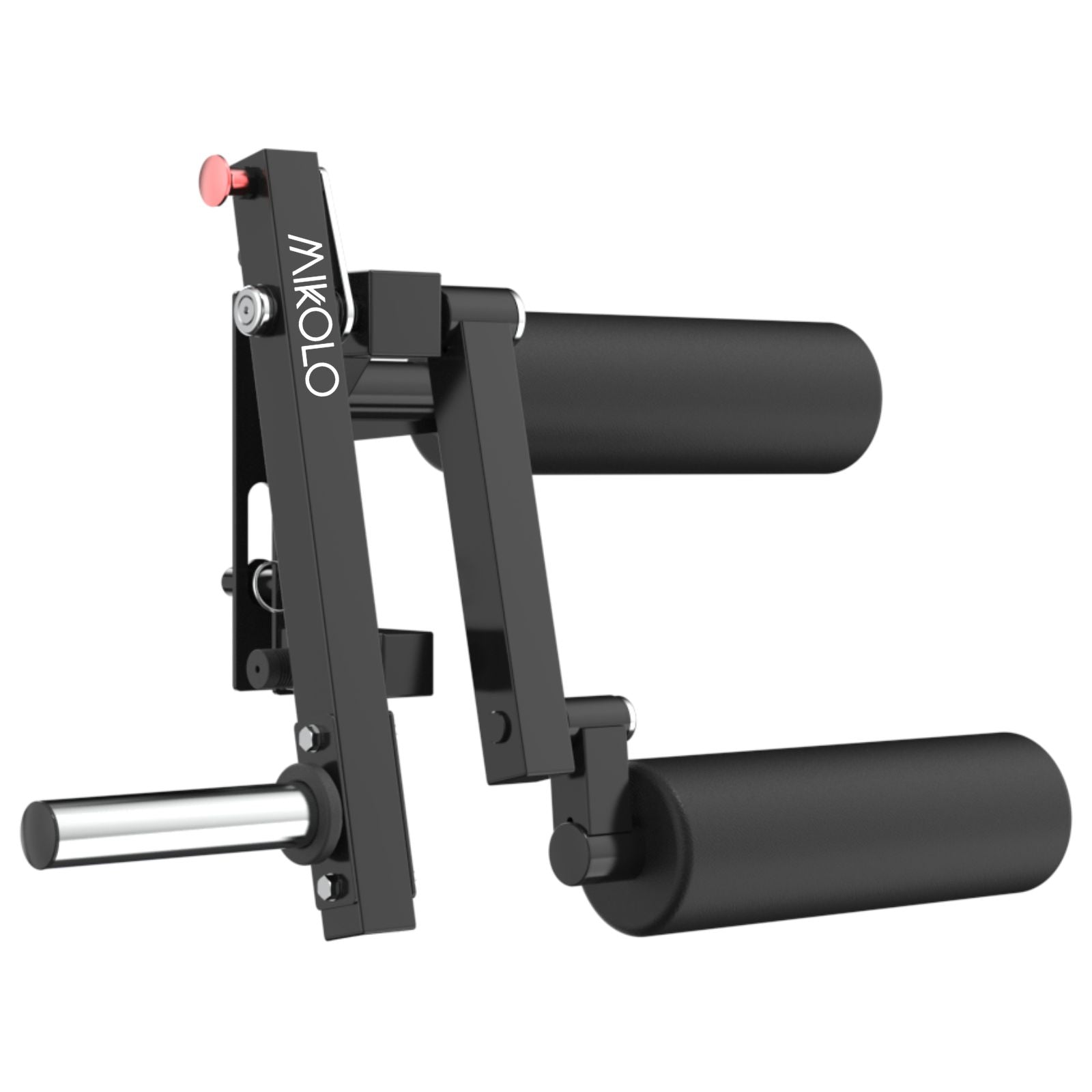
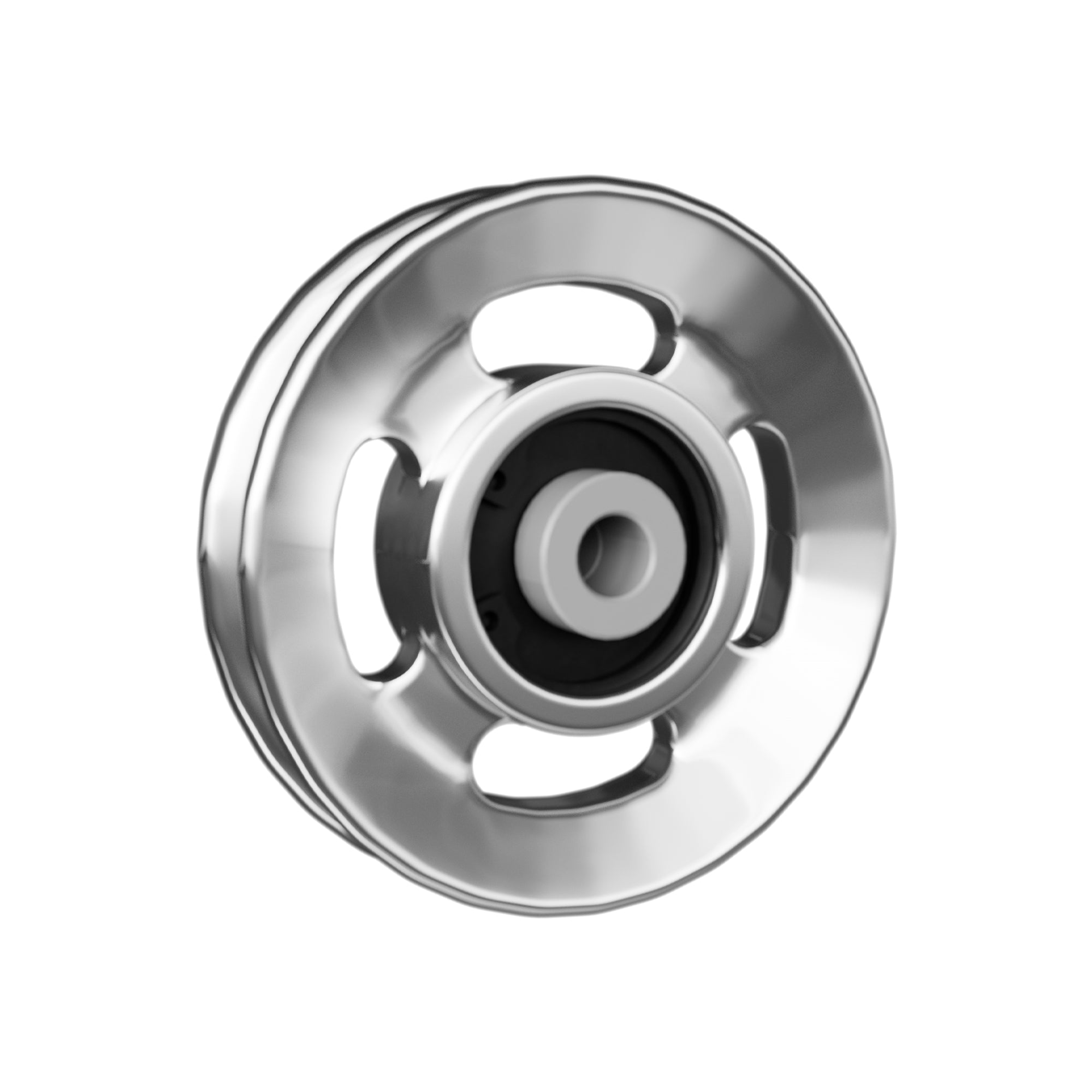
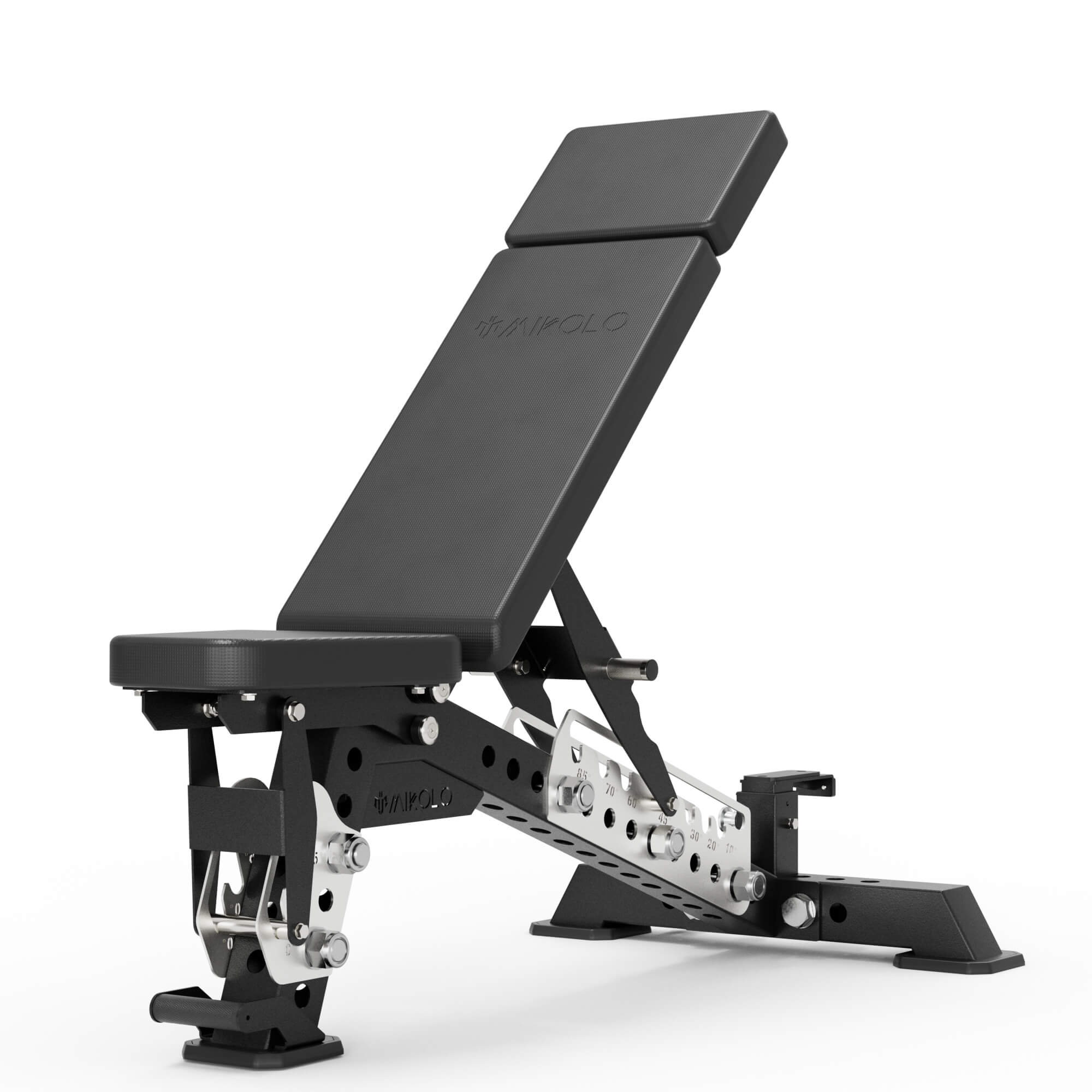
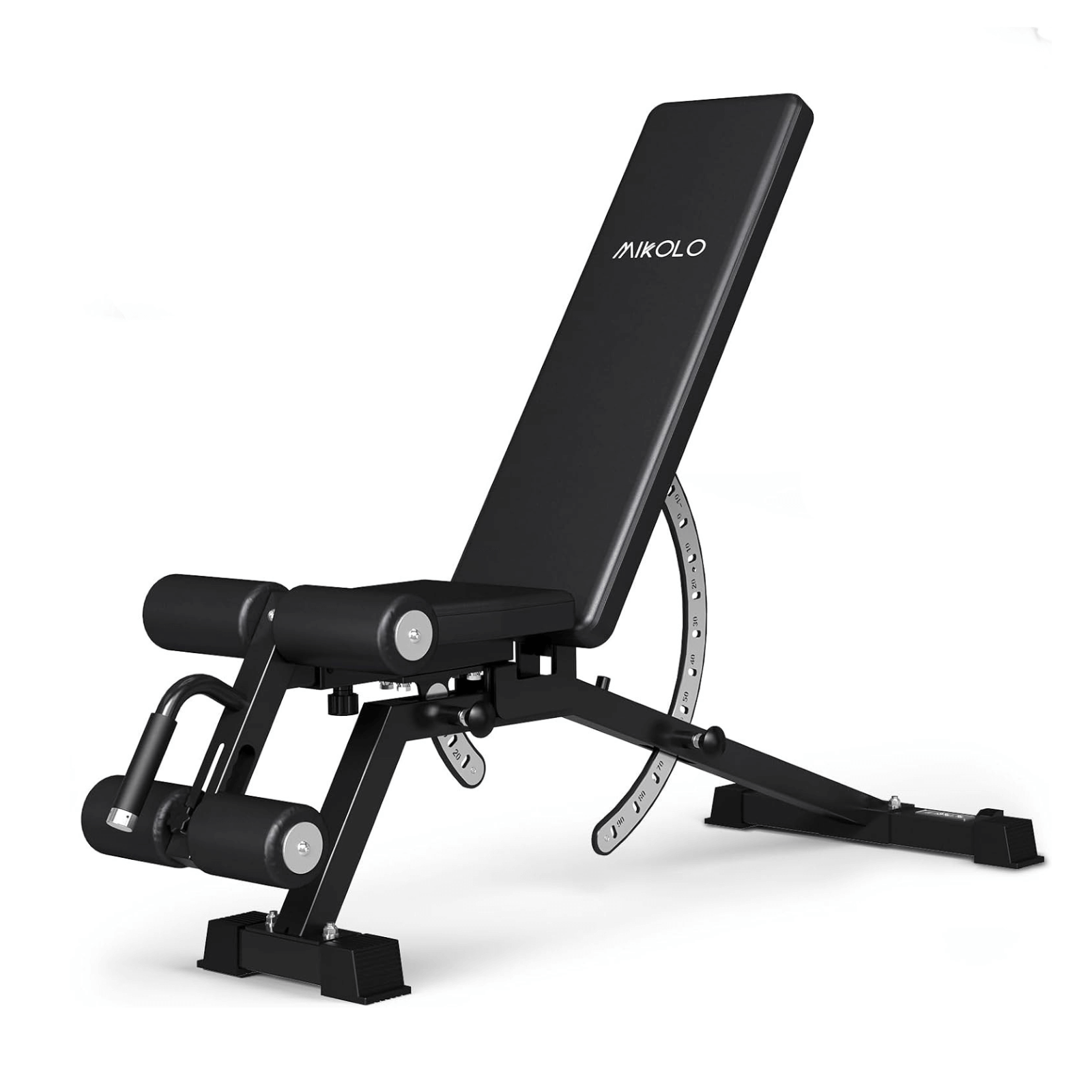
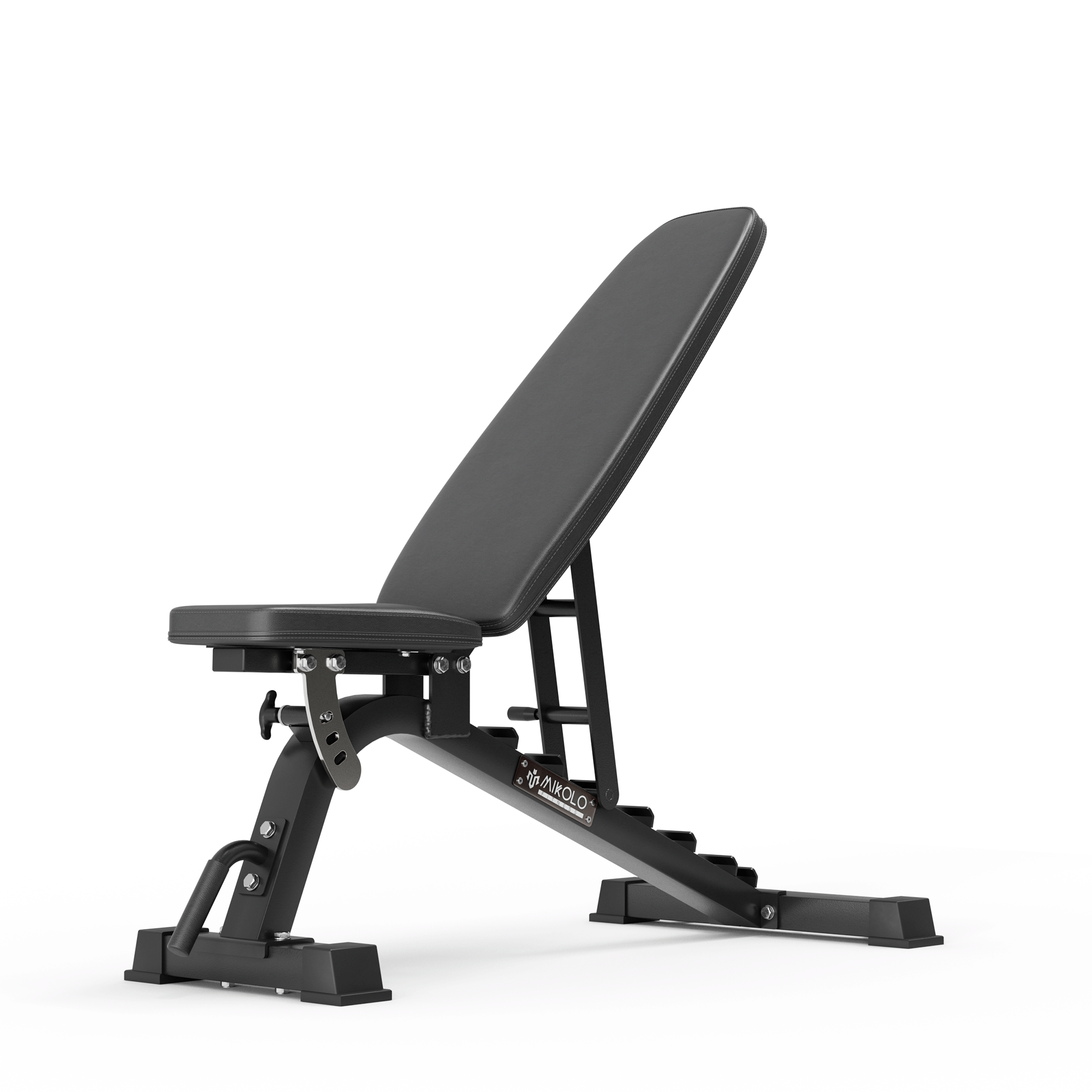
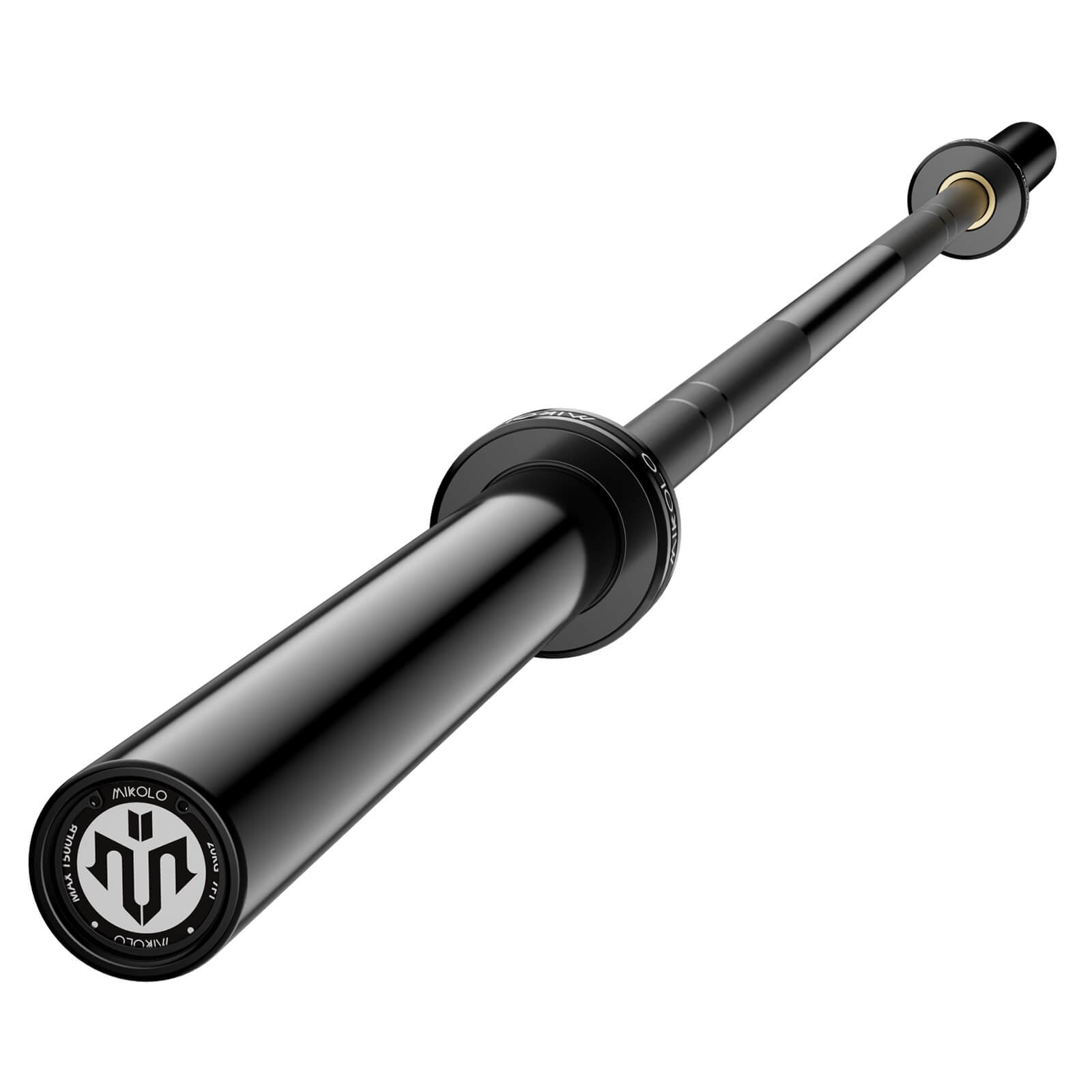
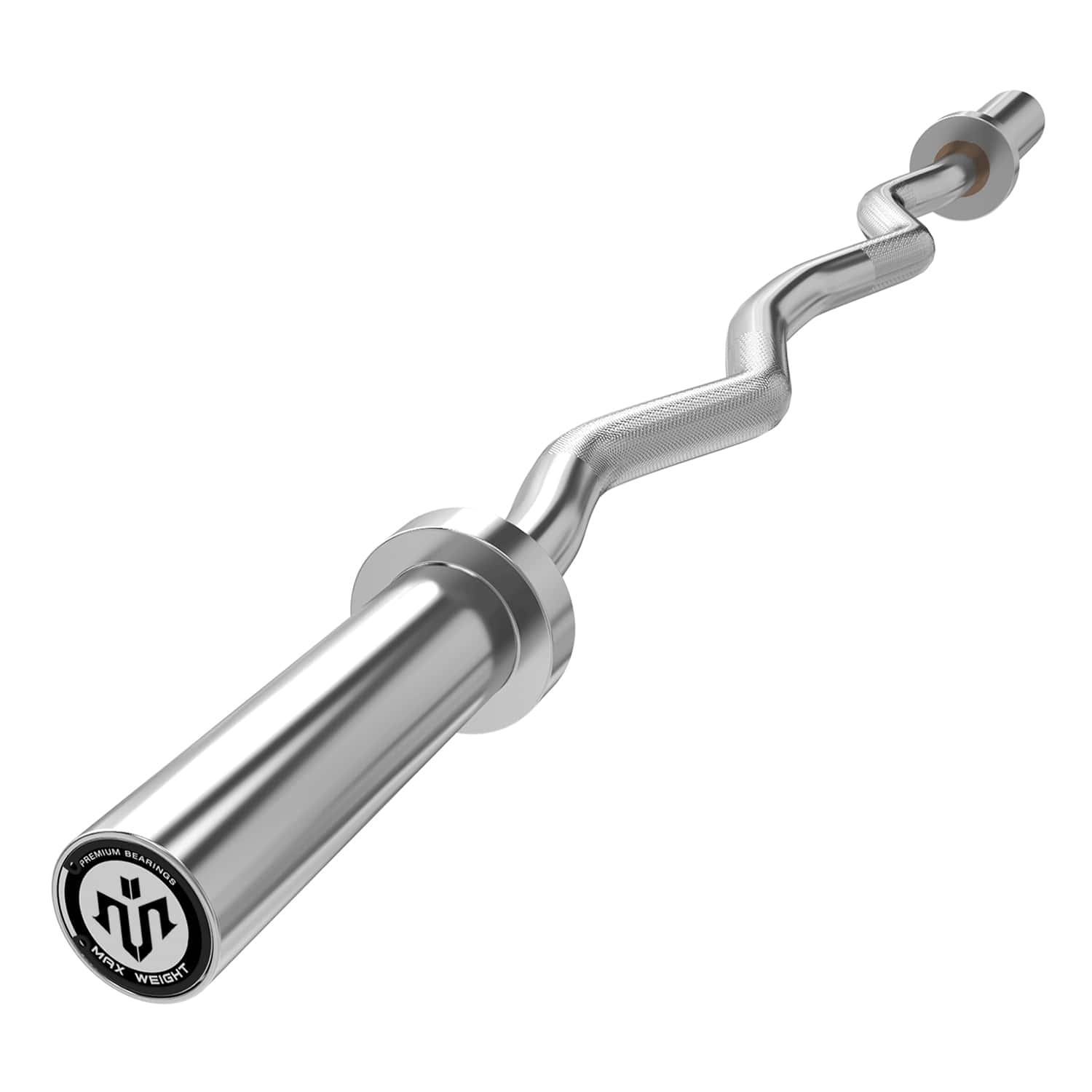
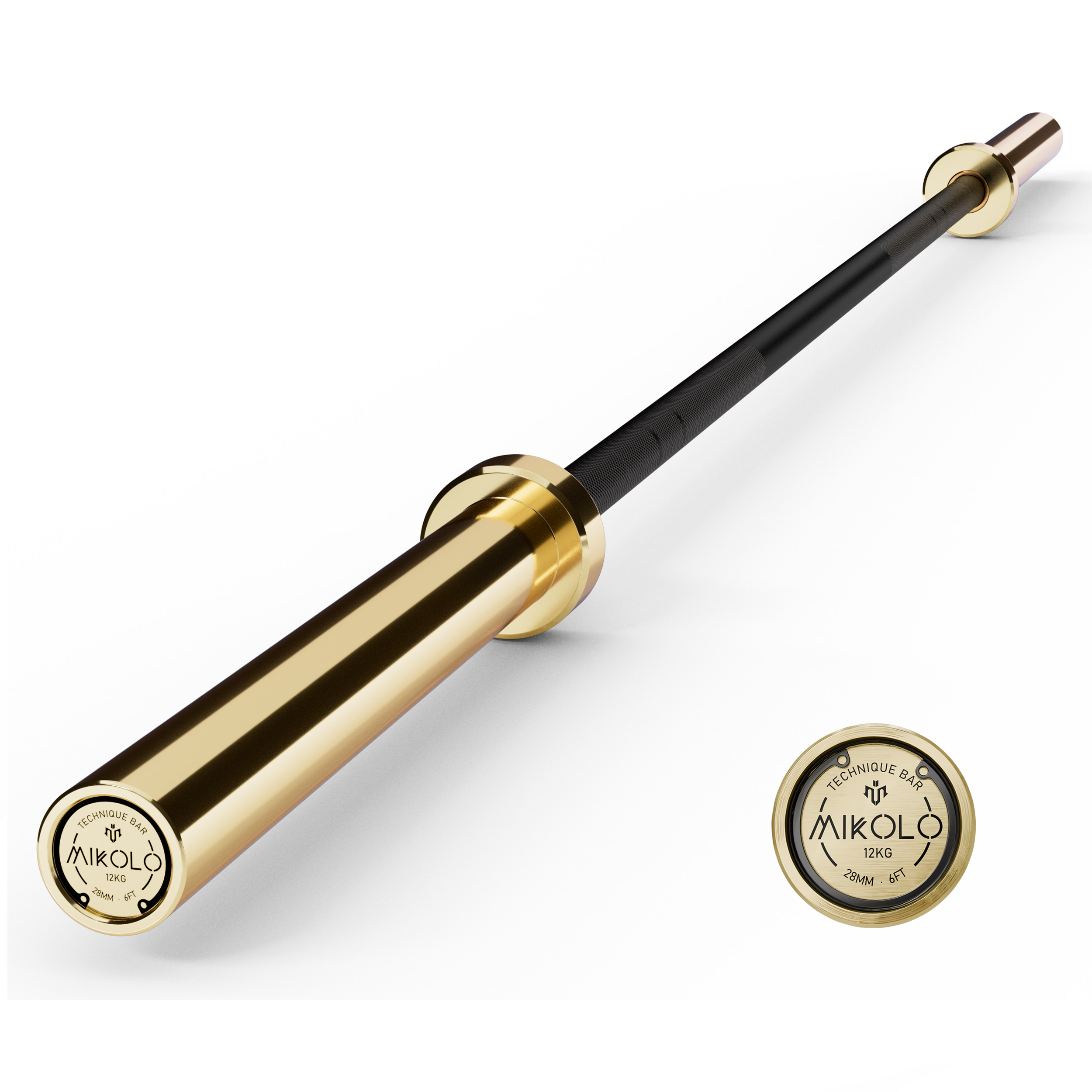
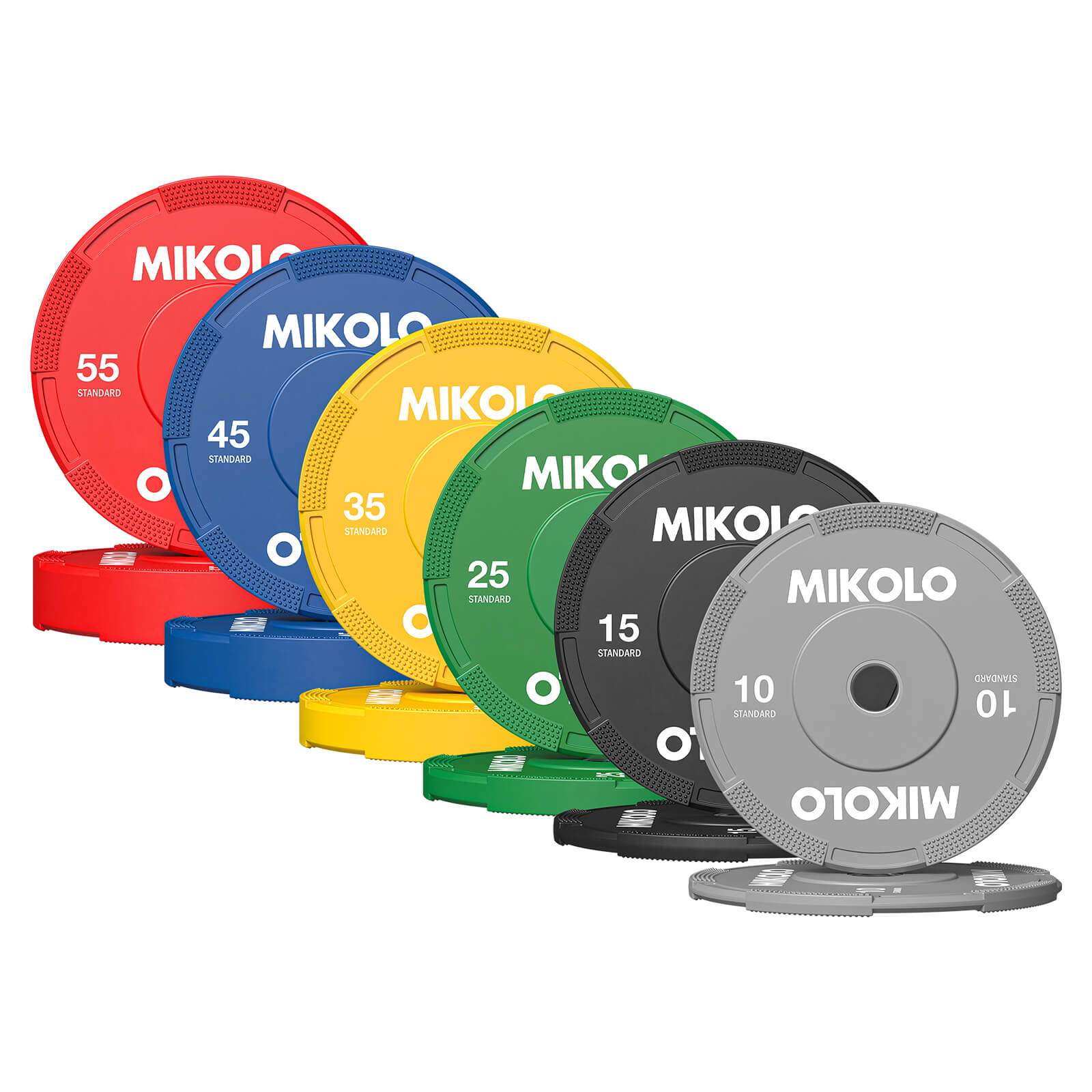
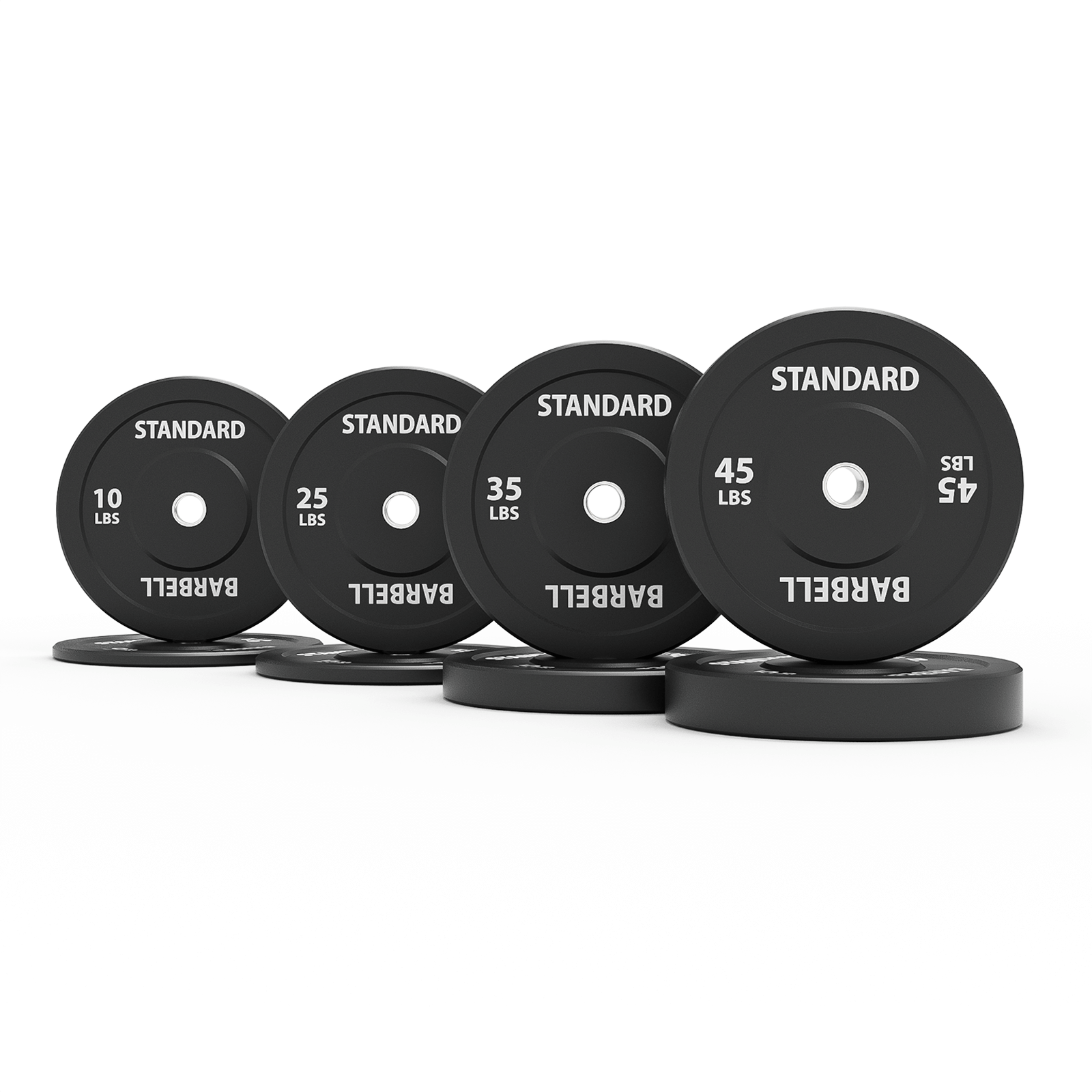
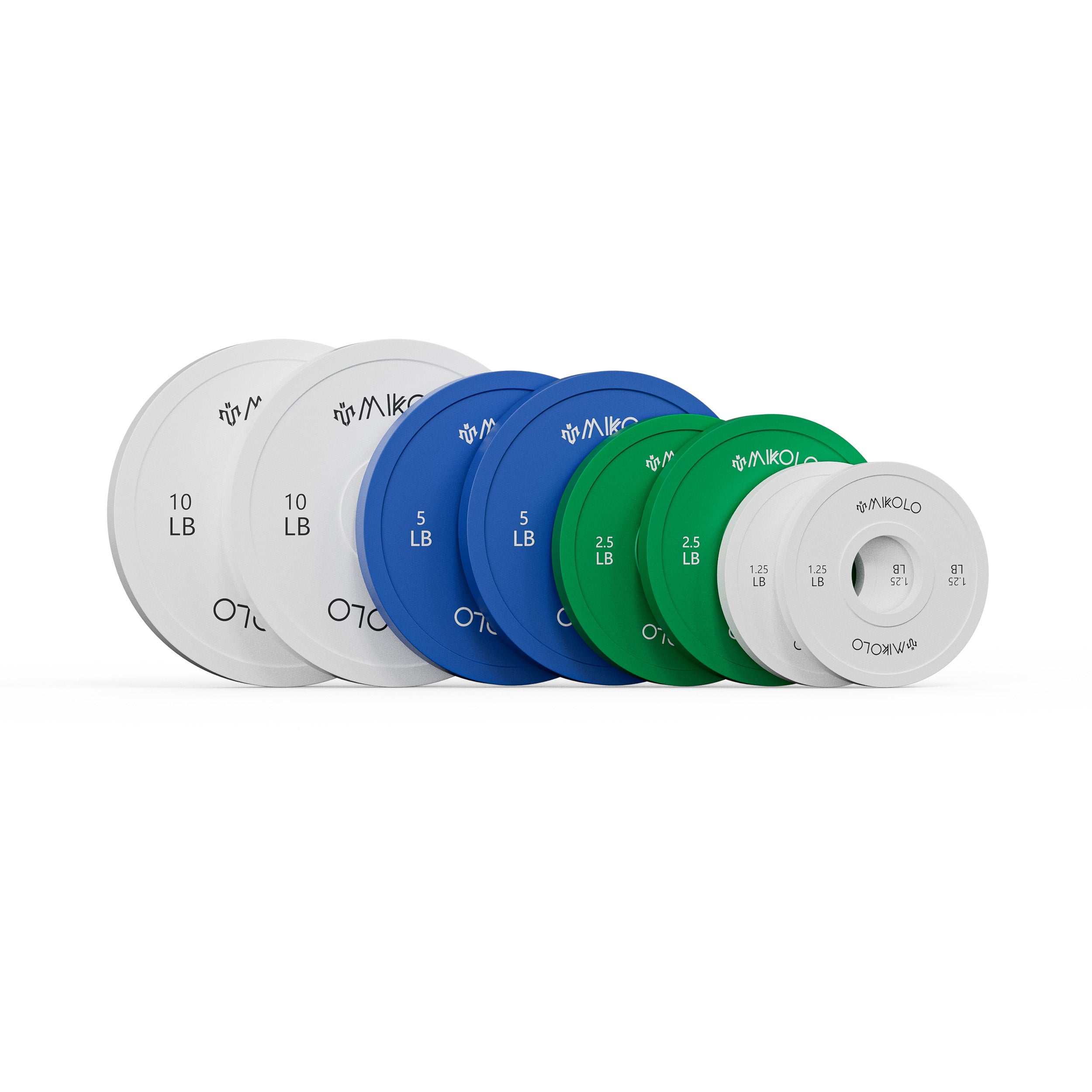

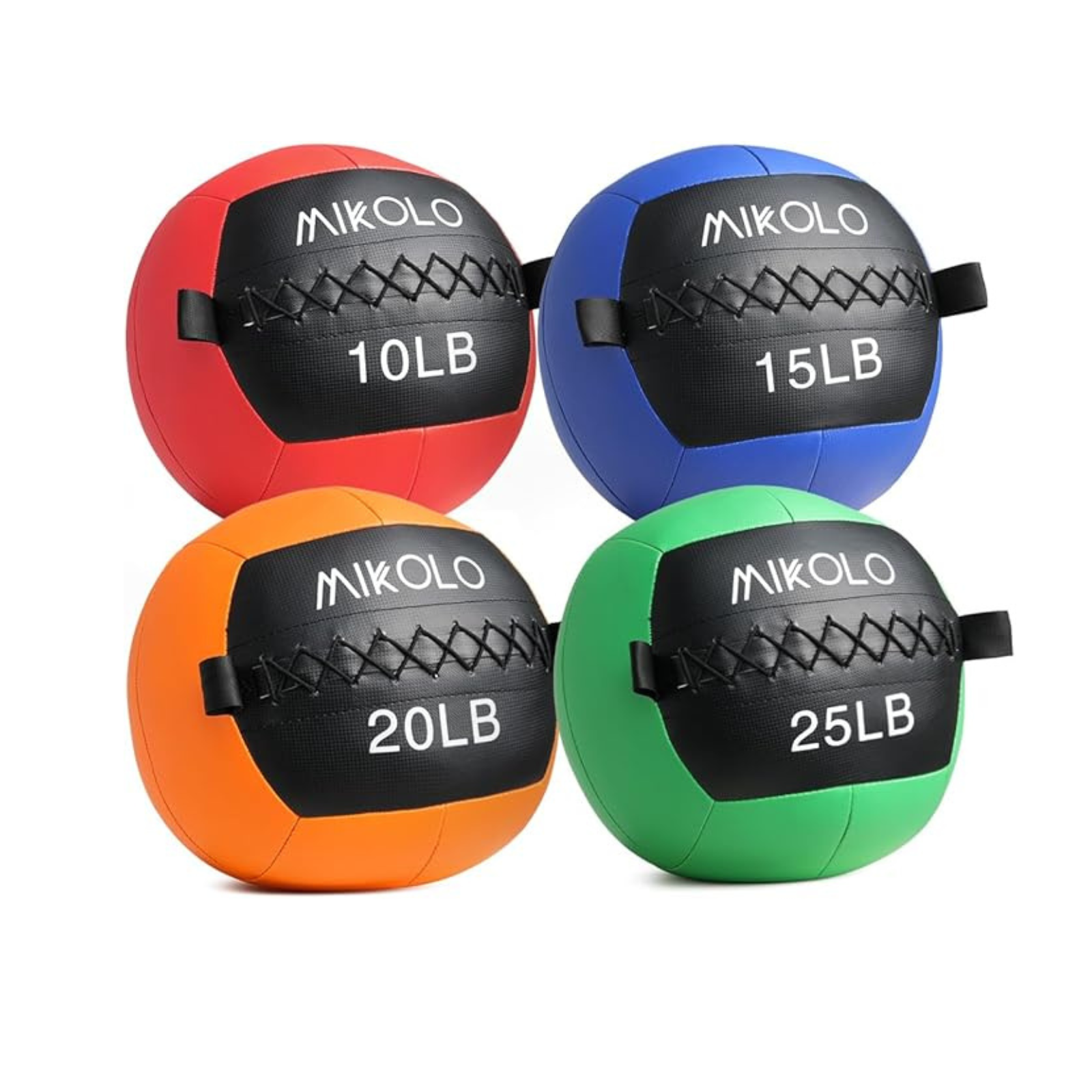
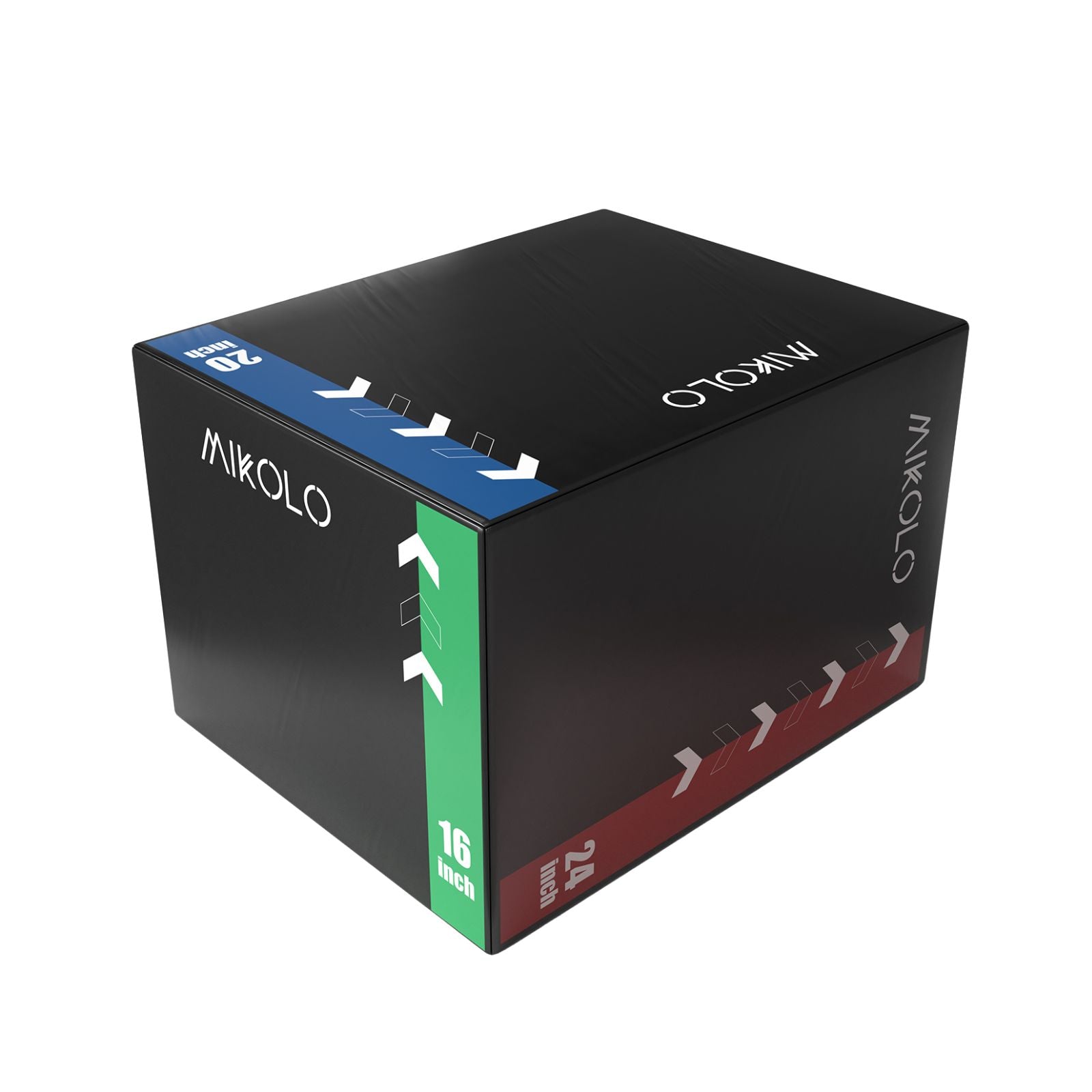
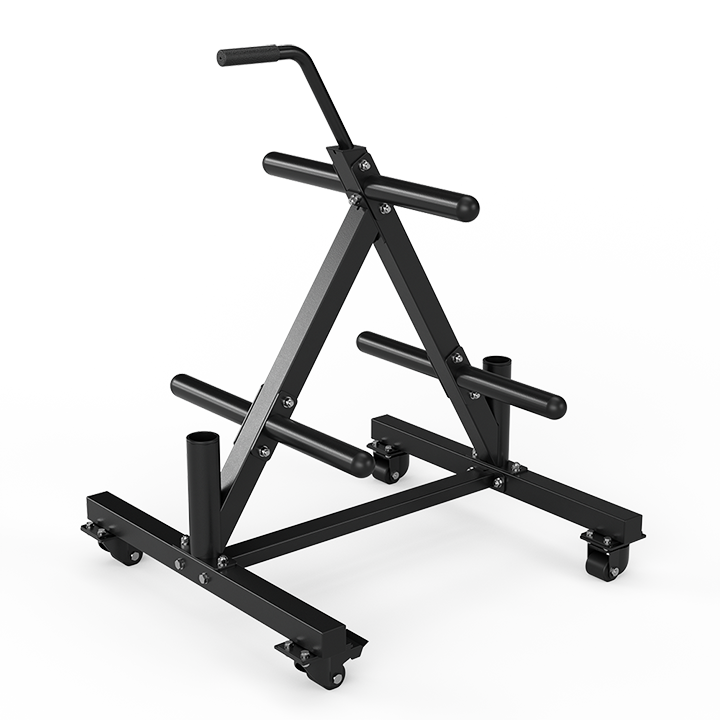
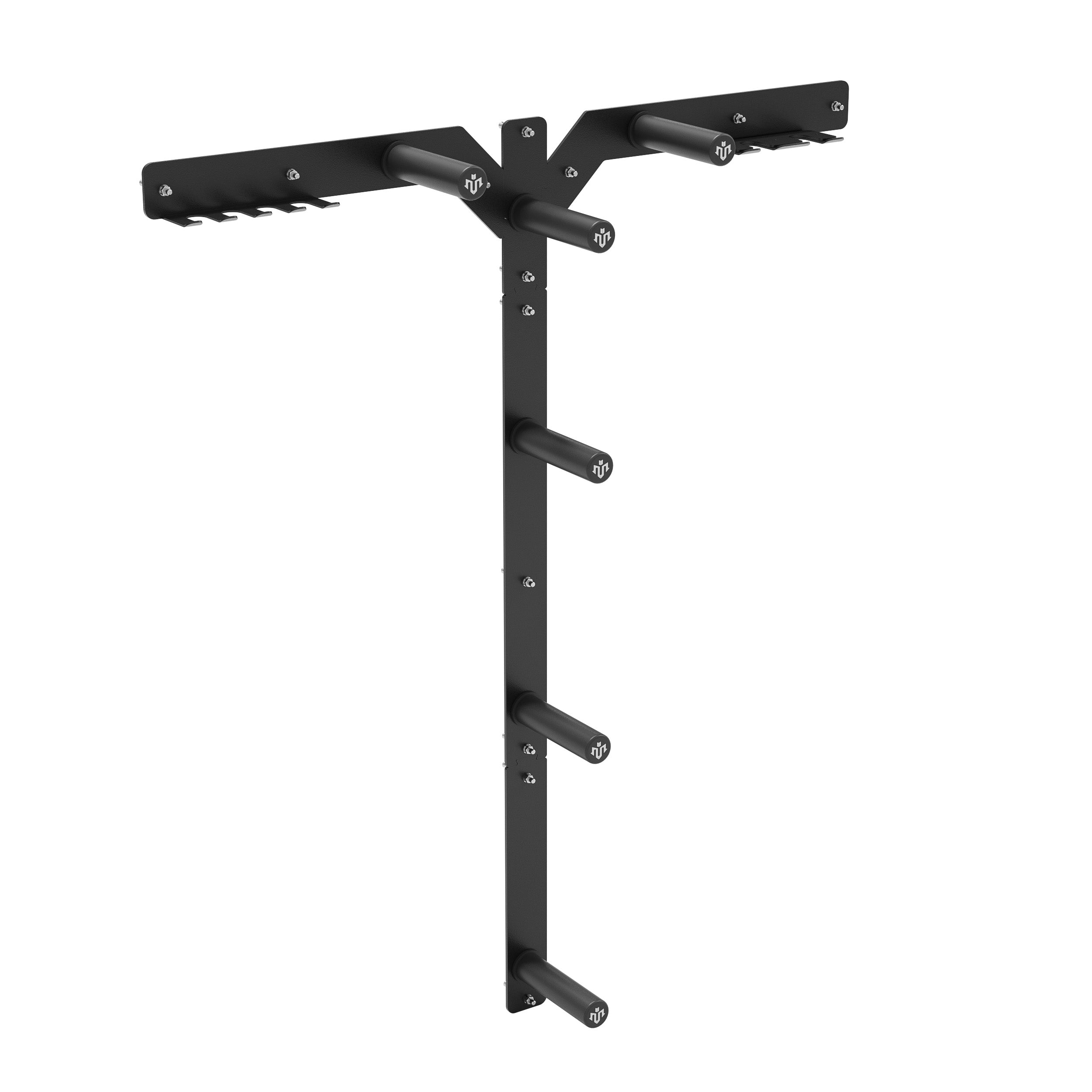
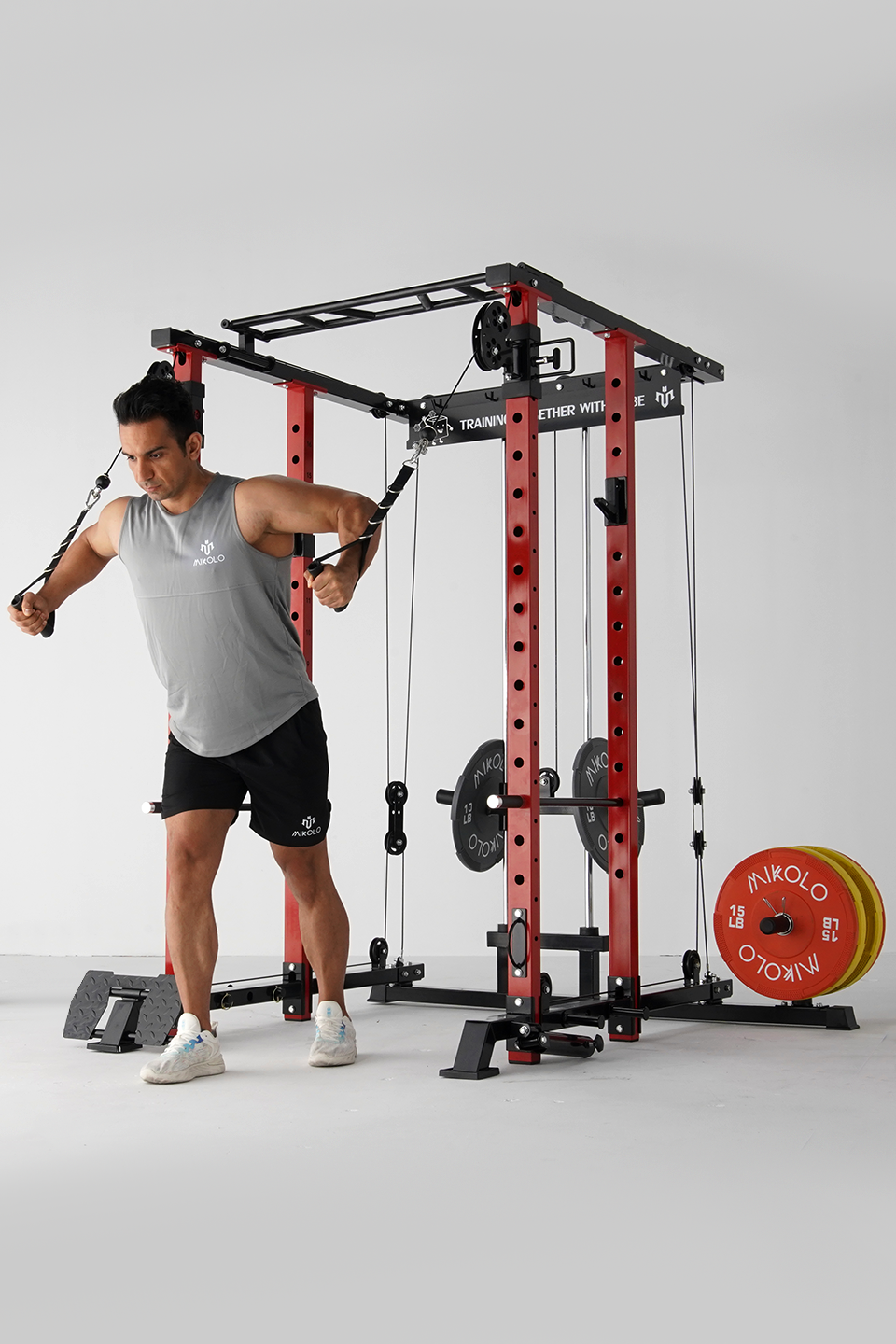



Leave a comment
This site is protected by hCaptcha and the hCaptcha Privacy Policy and Terms of Service apply.